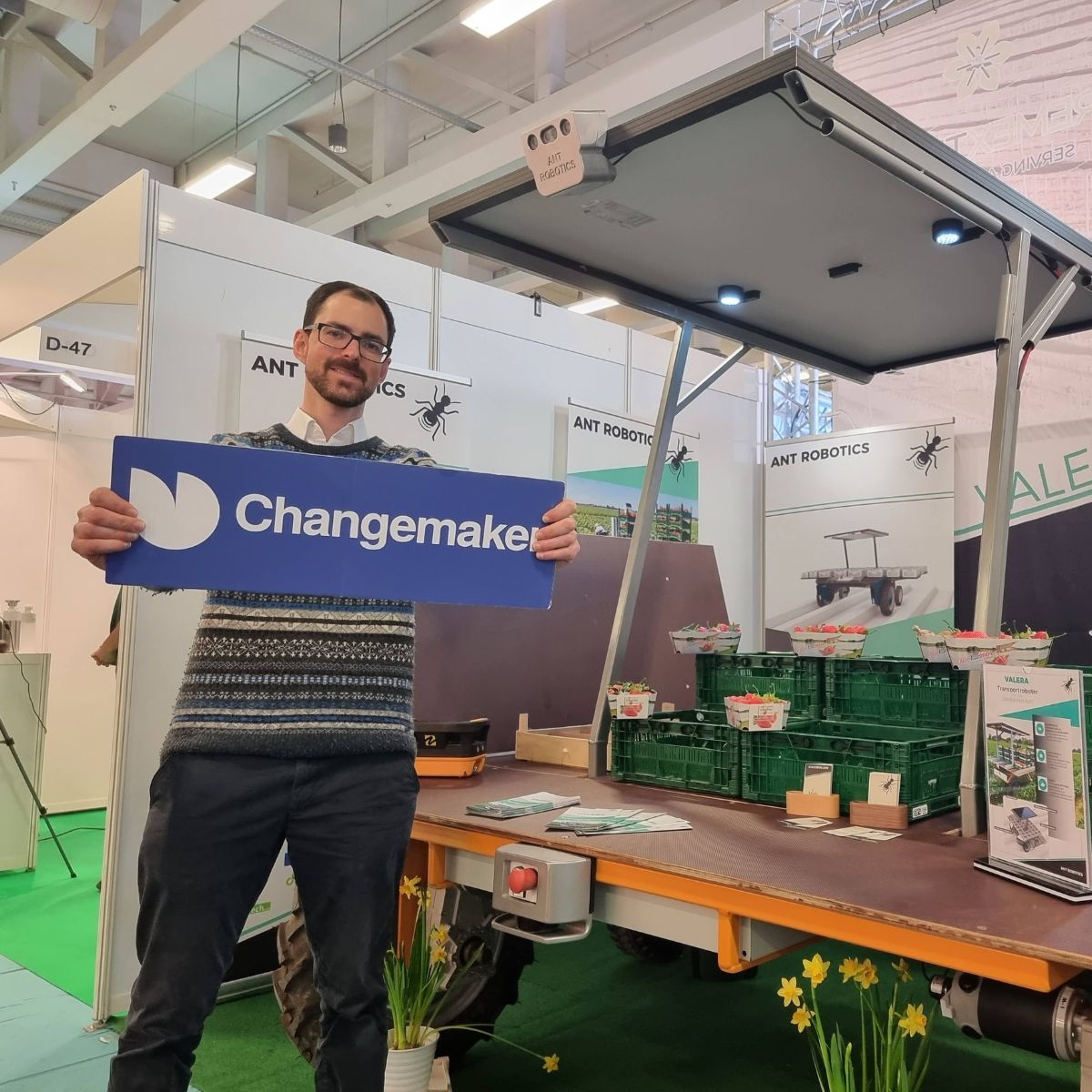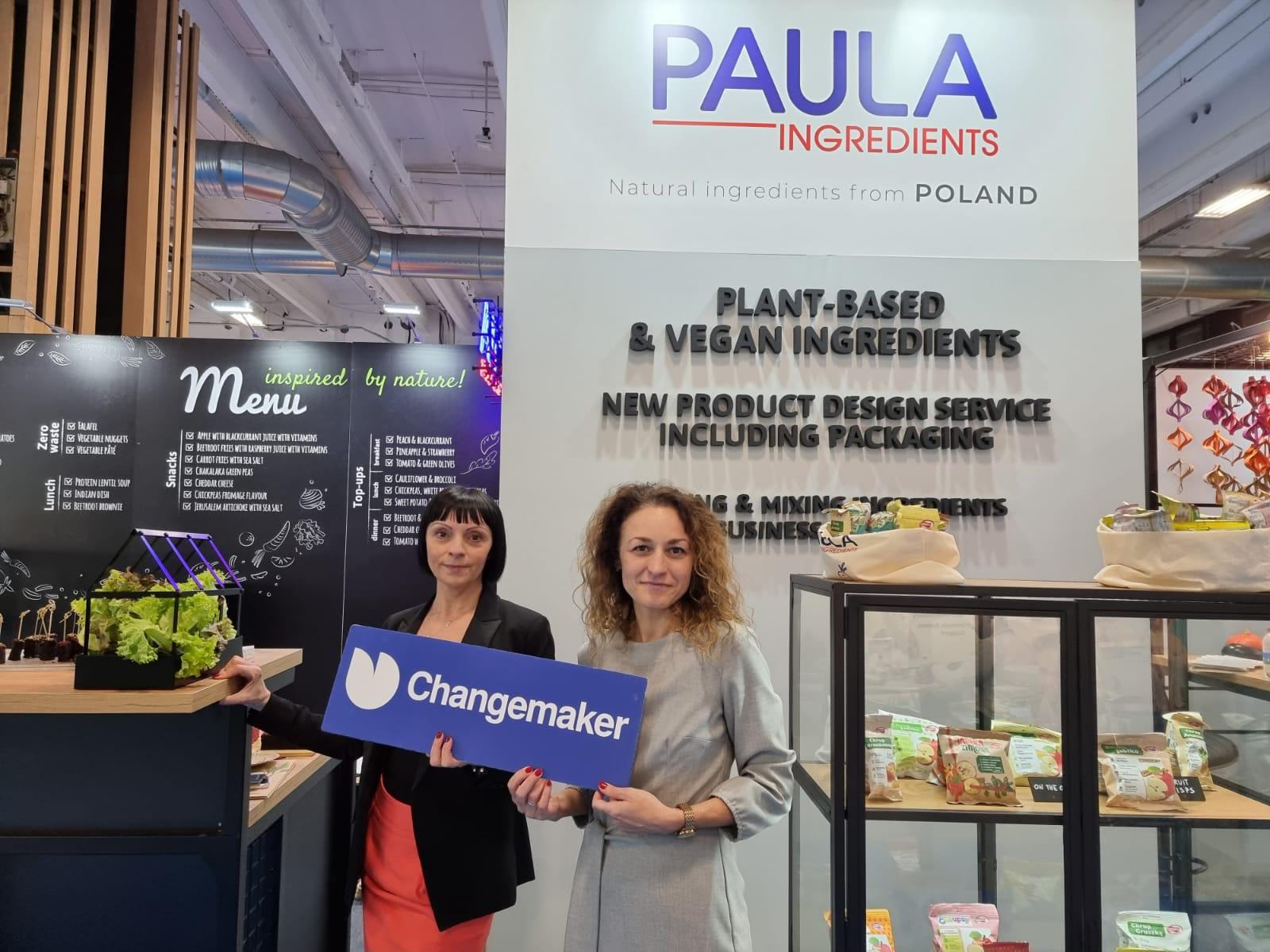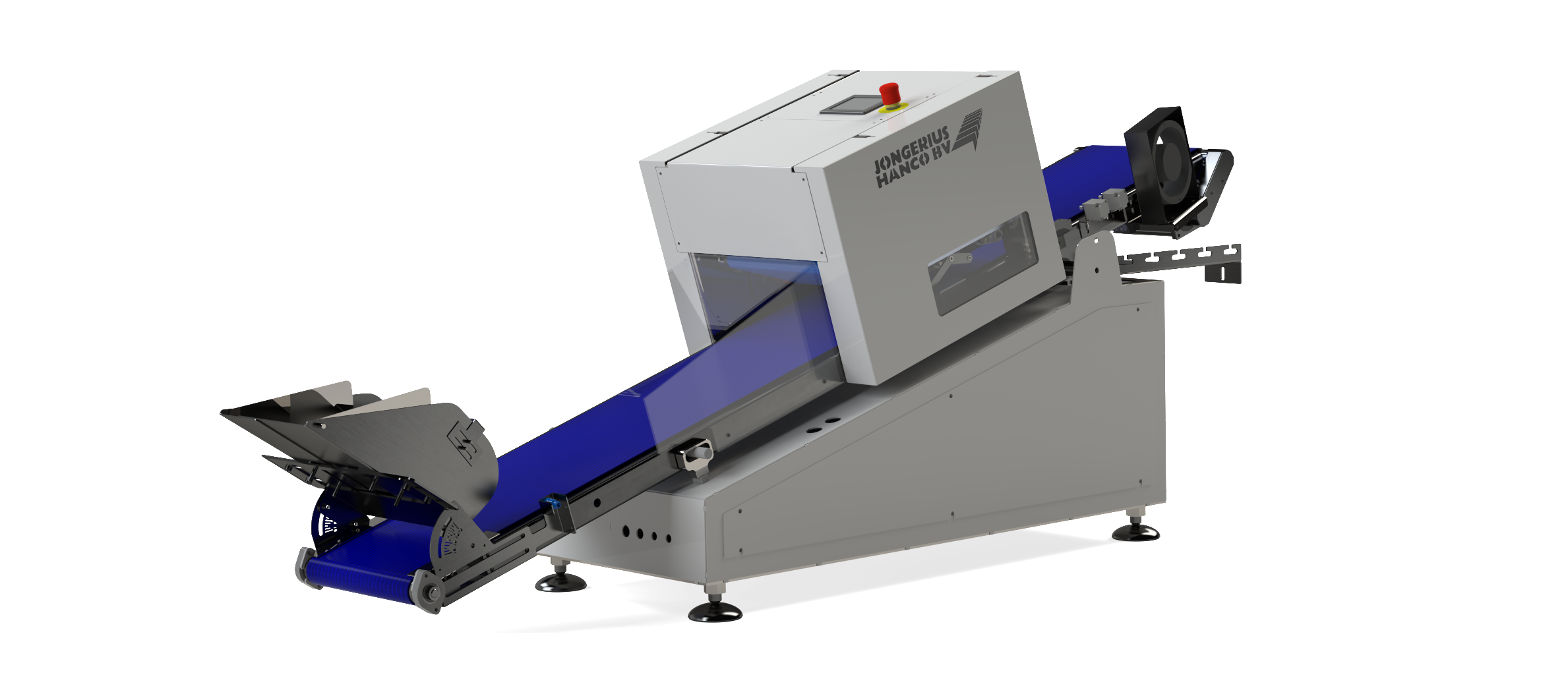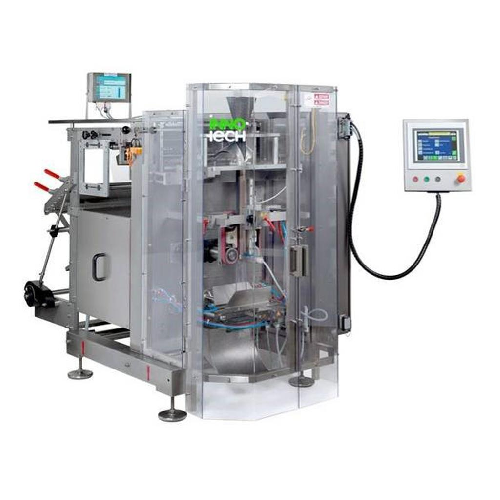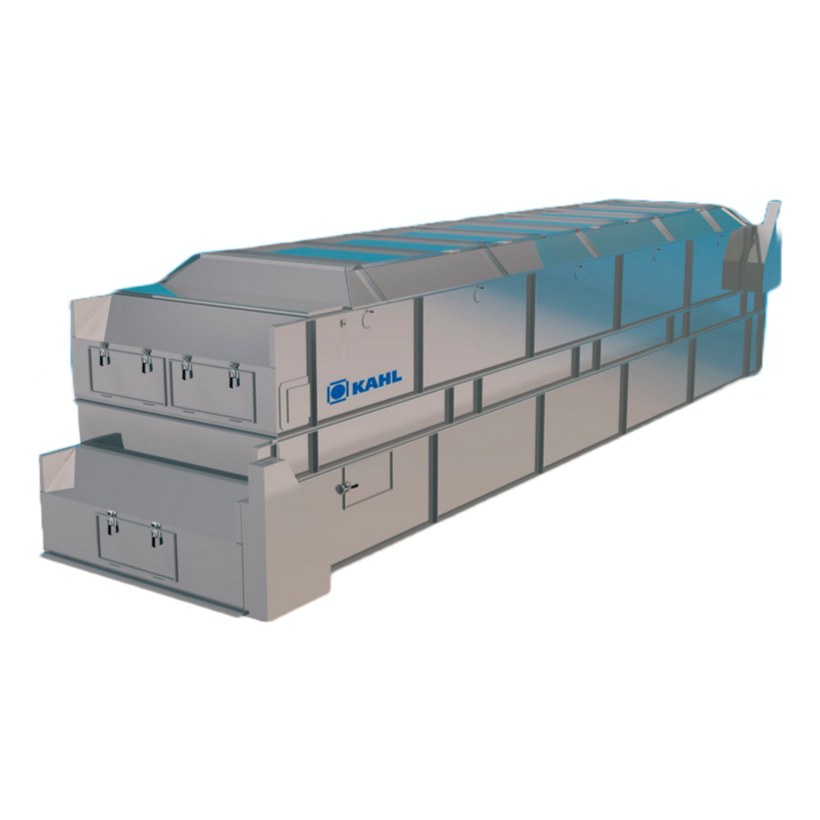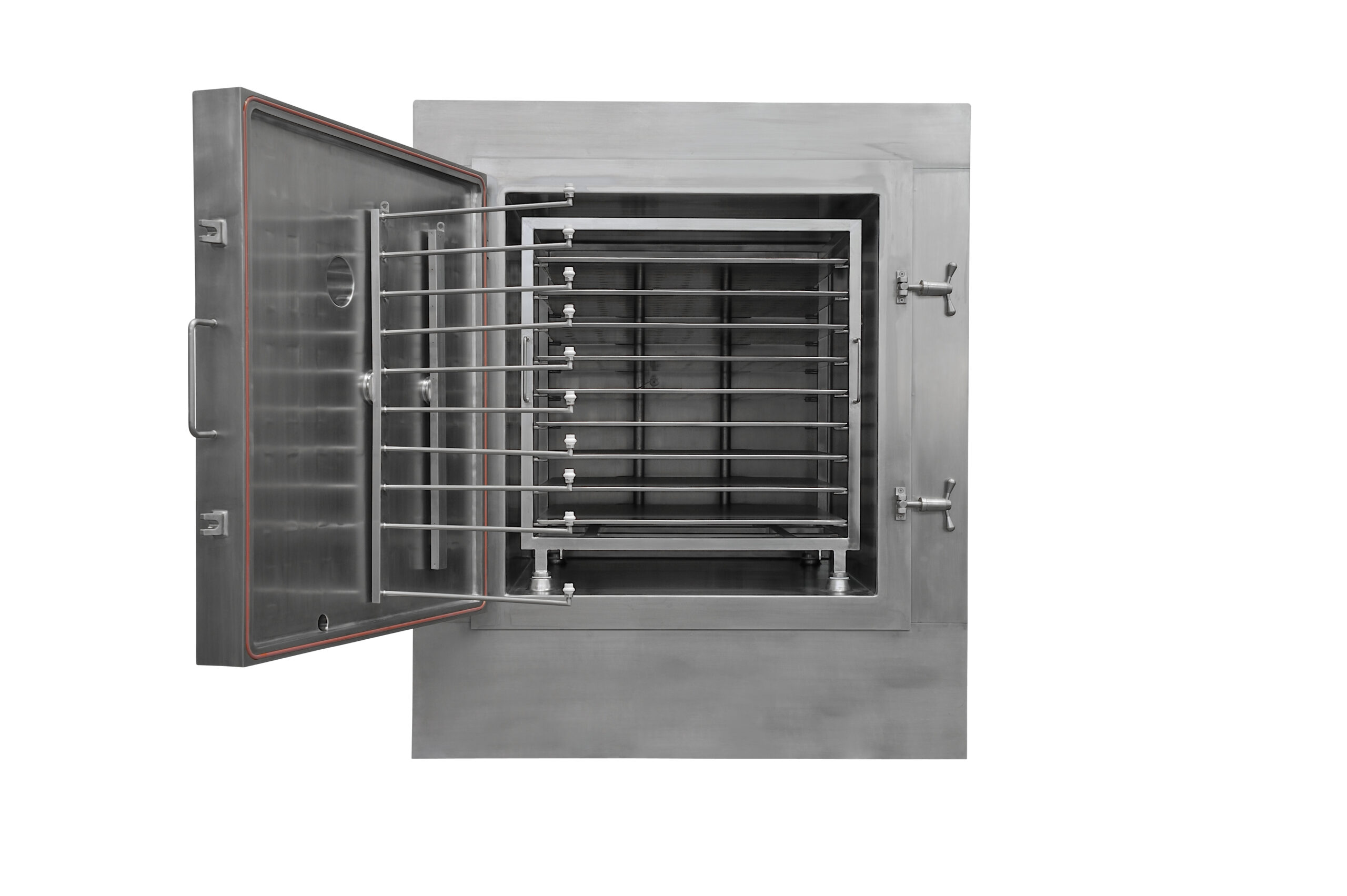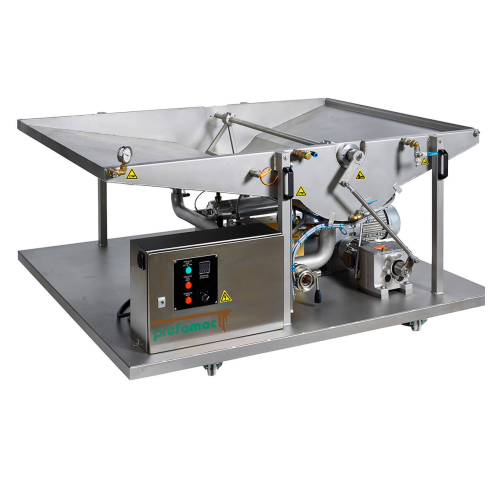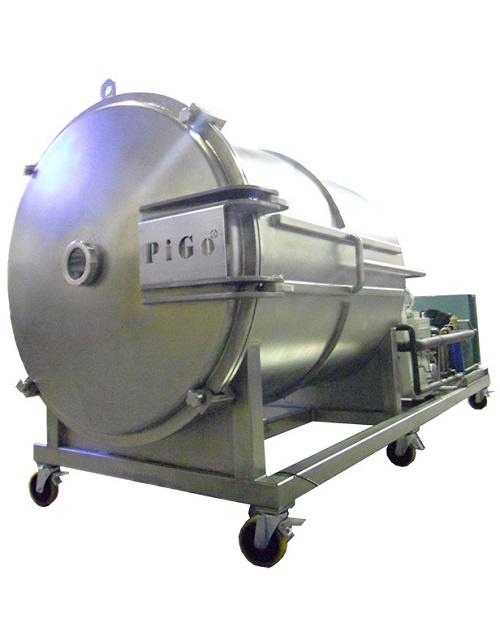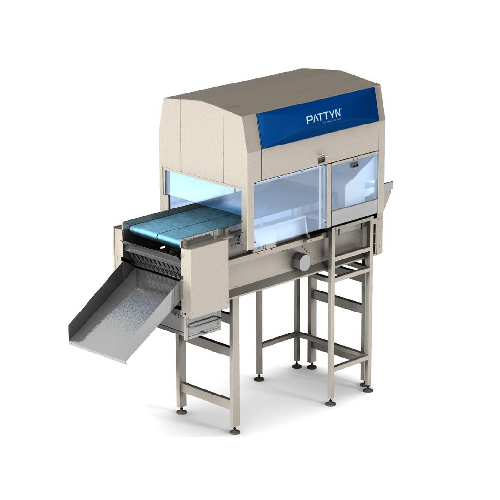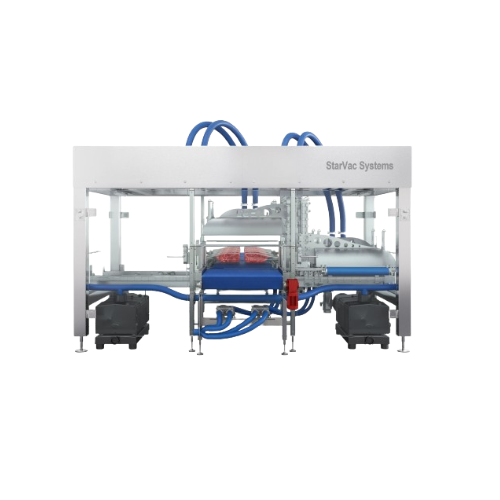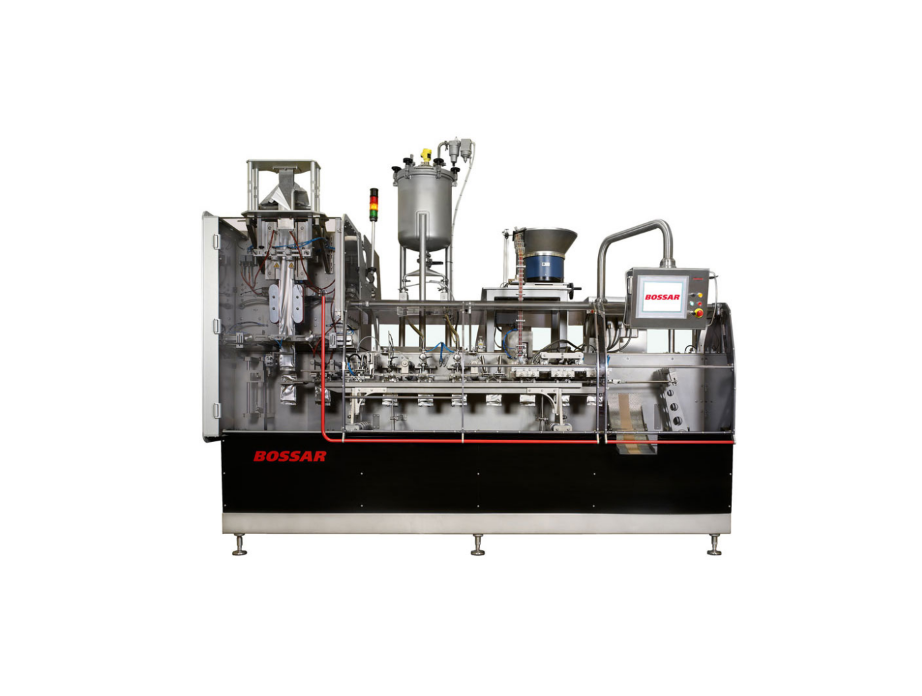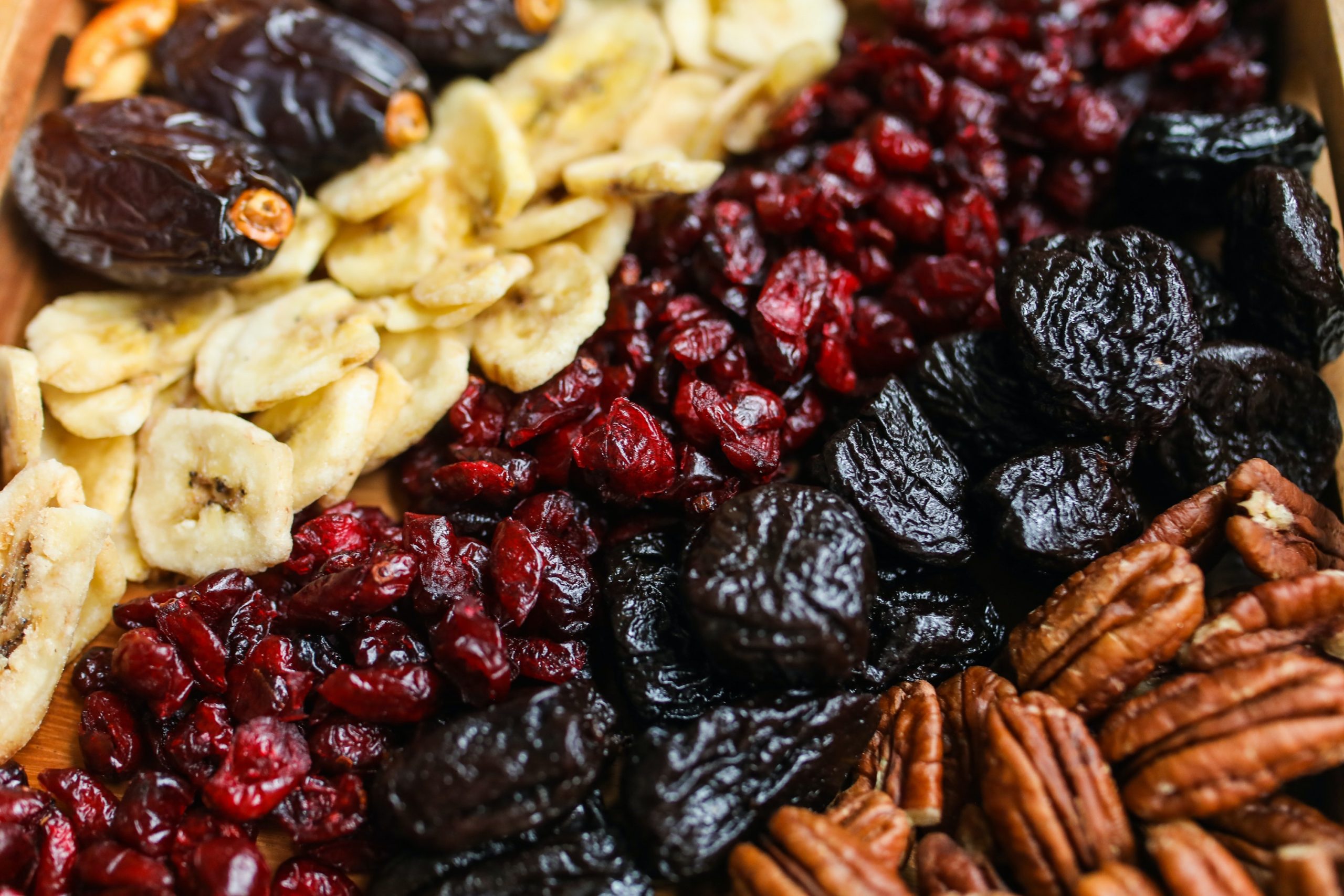
Dried Fruit Equipment
Find innovative production technology for making dried fruit and connect directly with world-leading specialists
Fruit dehydration is the earliest form of food preservation, with the earliest written record of dried fruits dating back to ancient Mesopotamian tablets, which contain the world’s earliest known recipes. Today, some of the most popular dried fruit snacks are raisins, dates, mango, pineapple, prunes, figs and apricots. Dried fruit processing equipment helps preserve the nutrients and sweetness of the fruit and prolongs its shelf life.
Select your dried fruit process
Tell us about your production challenge
Dehydration methods and dried fruit processing equipment
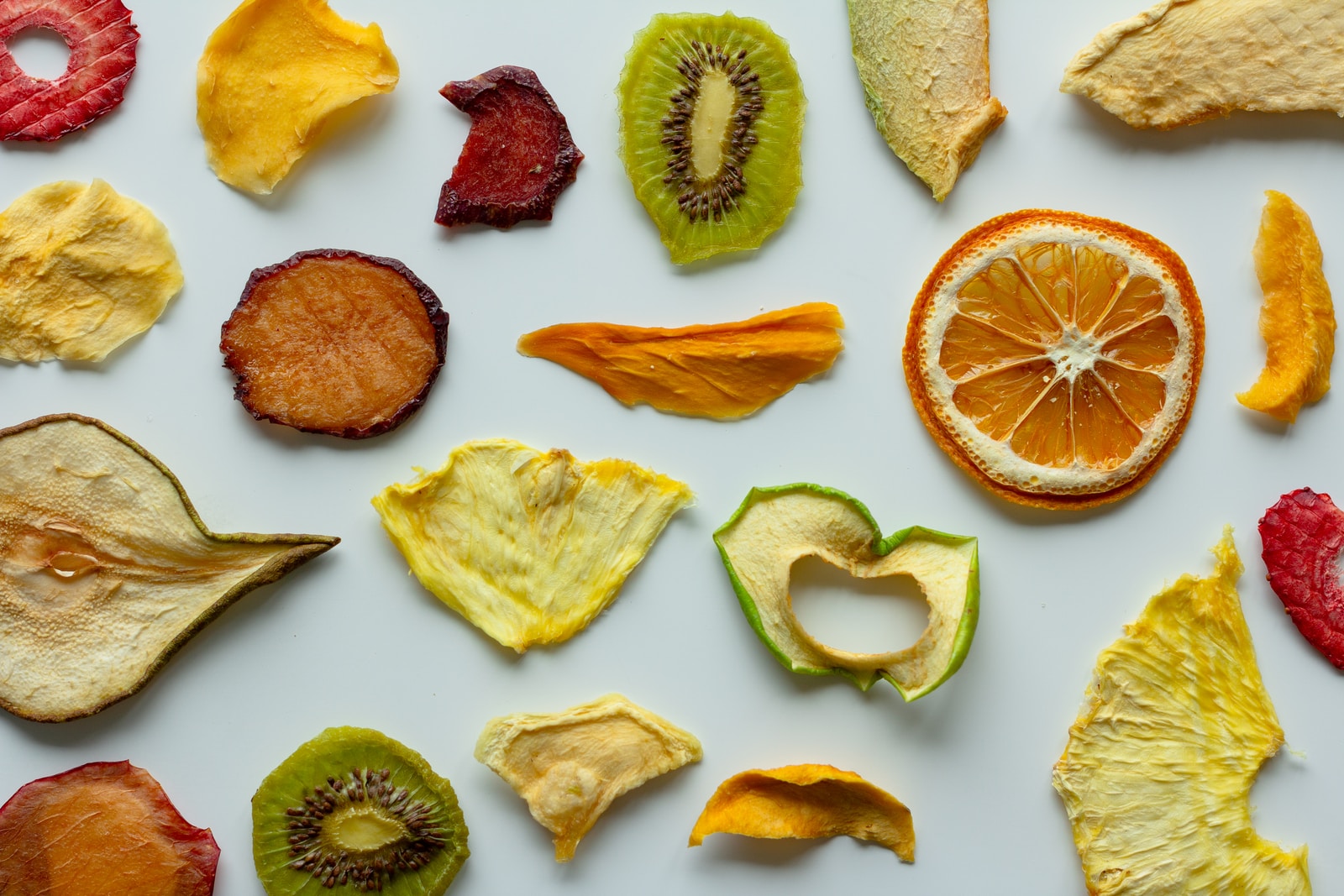
Many techniques of dehydrating fruit/vegetables developed throughout centuries, including sun drying, vacuum drying, spray drying, fluid bed drying, microwave and freeze-drying.
Sun drying is undoubtedly one of the oldest techniques of fruit drying. It relies on the sun’s thermal power and dry air. This process of food drying is usually lengthy and exposes the fruit to various contaminants like insects and microorganisms. To speed the process up and maximize solar energy, manufacturers use black-painted trays, solar trays, mirrors and collectors. As well as other stainless steel food grade pieces of equipment.
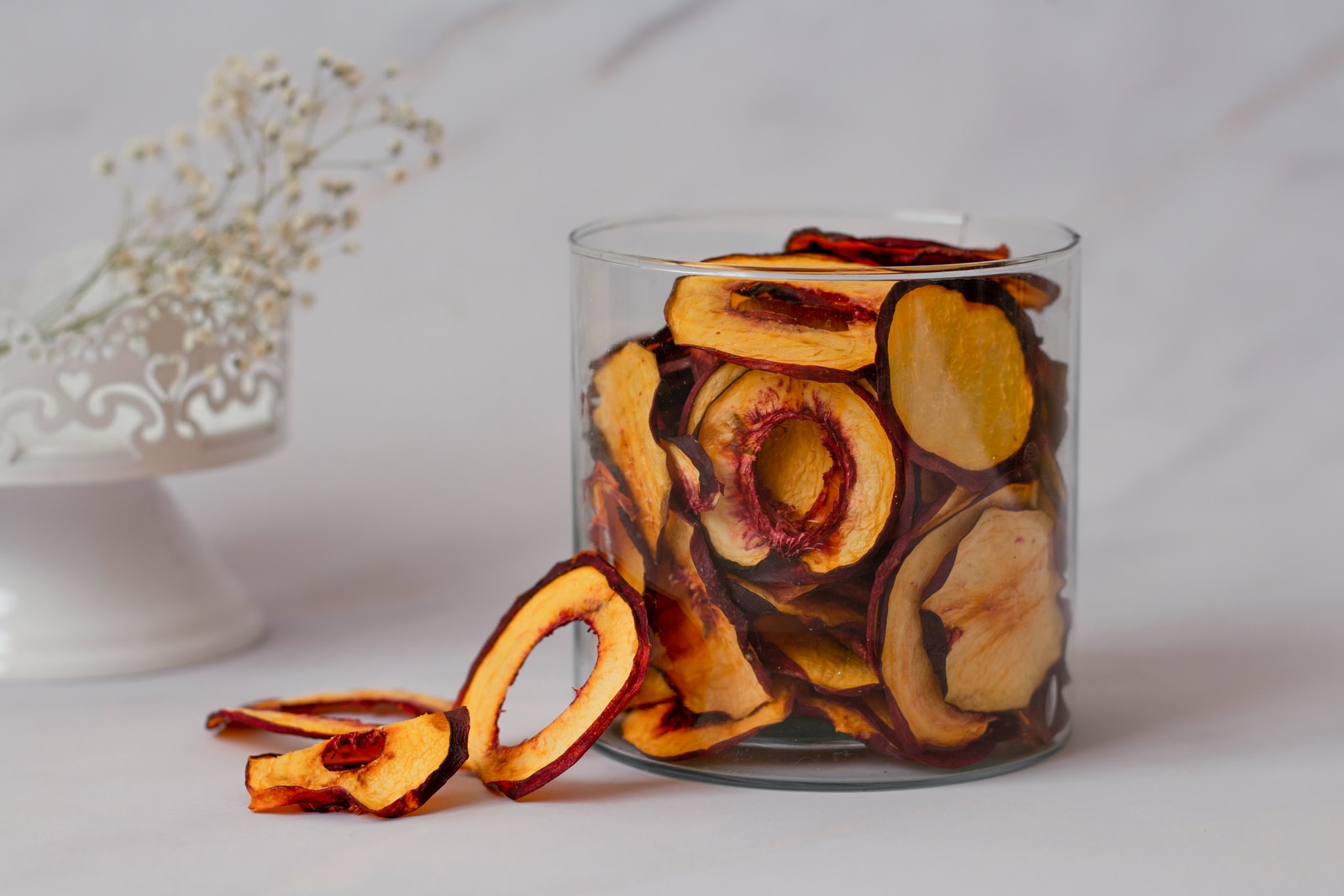
Atmospheric dehydration is a more modern method and is widely used in dried fruit manufacturing. It incorporates the use of hot, dry air in a stationary or continuous process. For this method, you need dried fruit processing equipment like cabinet driers or tunnel driers. Freeze-drying, or lyophilization is based on the sublimation principle. It applies low temperature and pressure to vaporize the water/ice in the fruit. Freeze-dried fruit retains all its nutrients as well as its structure. This cooled dried freezer method is mostly used on sensitive fresh fruit with a weaker structure and high water content, like strawberries and raspberries.
Prepping and sulfuring the fruit
Fruit needs to be prepped before drying and the basic steps of the pre-drying process are selection, sorting, washing and, in some cases, peeling and cutting the fruits. Another important step in the pre-drying process is color preservation, commonly known as sulfuring. Most fruits are treated with sulfur dioxide (SO₂), which slows the deterioration of the fruit’s browning, which happens when enzymes are not inactivated by the heat used during drying. Moreover, it helps preserve the carotene and ascorbic acid found in the fruit.
Sulfur dioxide is used widely in dried fruit manufacture, but it is good to note that it can negatively affect people with asthma if they ingest it in large quantities. The FDA, for example, requires food and snack manufactures to disclose the presence of sulfiting agents on the label if it is in concentrations of at least 10 parts per million.
Freeze-dried vs dehydrated fruit
While dehydrated fruit still has about 30% of its initial moisture, freeze-dried fruit retains only 1 to 4% of its original moisture. The water content gives the dehydrated fruits a chewy and sweet texture. On the other hand, the freeze-drying method leaves tiny air pockets in the fruit creating a light, crispy texture in it. This happens because the water escapes from the fruit in the form of gas.
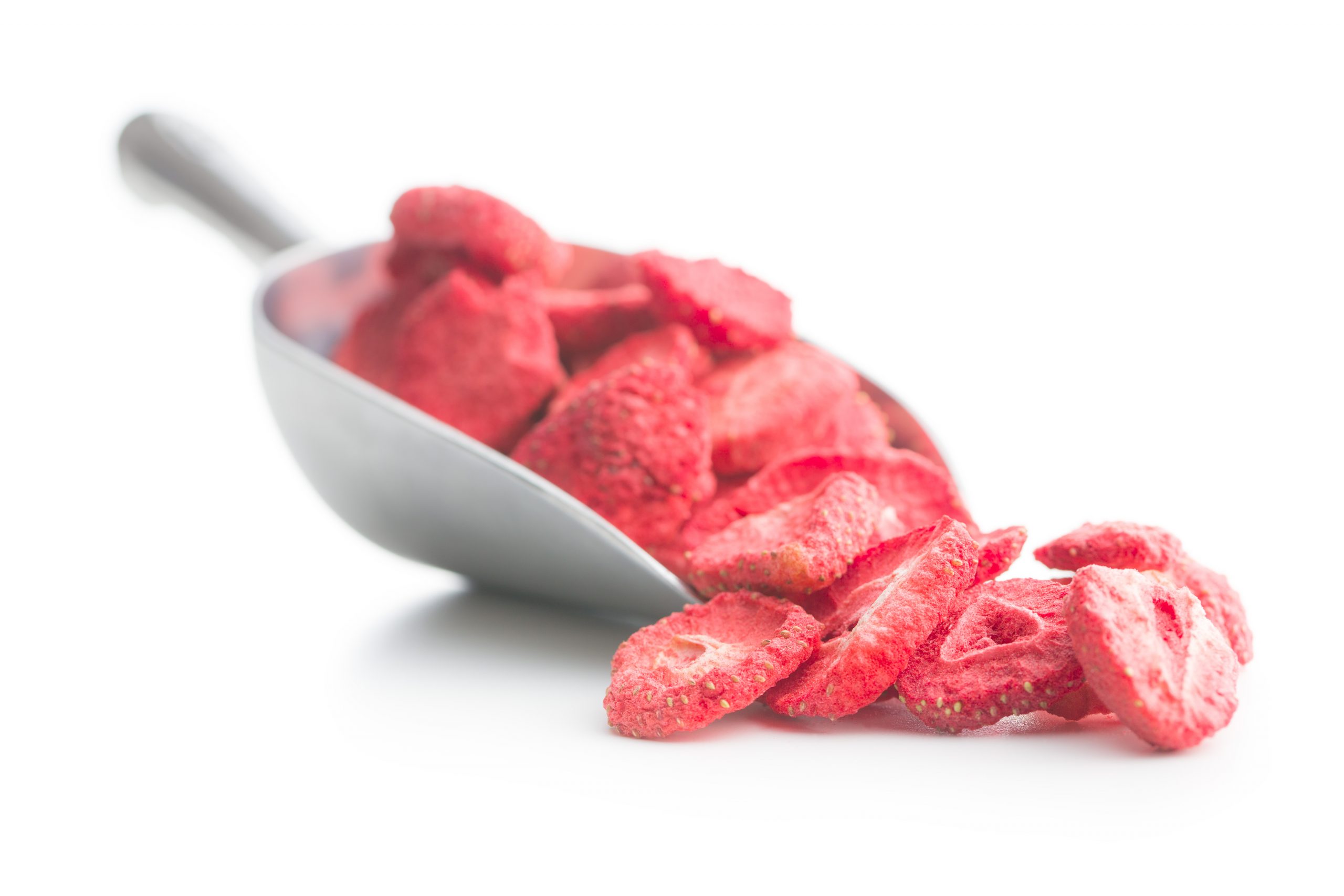
The difference in water content also impacts the shelf life of dehydrated fruit and manufacturers usually add preservatives to prolong it. Contrastingly, freeze-dried fruit does not need additives because of its low moisture content and can last longer. Due to the heating process, dehydration can remove the nutritional content from the fruit. However, although the freeze-dried fruit process preserves all of the fruit’s original, it is a more expensive process and requires special packaging to minimize oxidation
Regulations and international standards for dried fruit
There are important regulations and international standards all manufacturers of dried fruit must comply with in order to export and sell their products.
Strict controls are implemented on the amount of aflatoxins. The FDA requires that levels of aflatoxins for nuts and dried fruit be below 2 μg/kg for aflatoxin B1, and below 4 μg/kg for the total aflatoxins content.
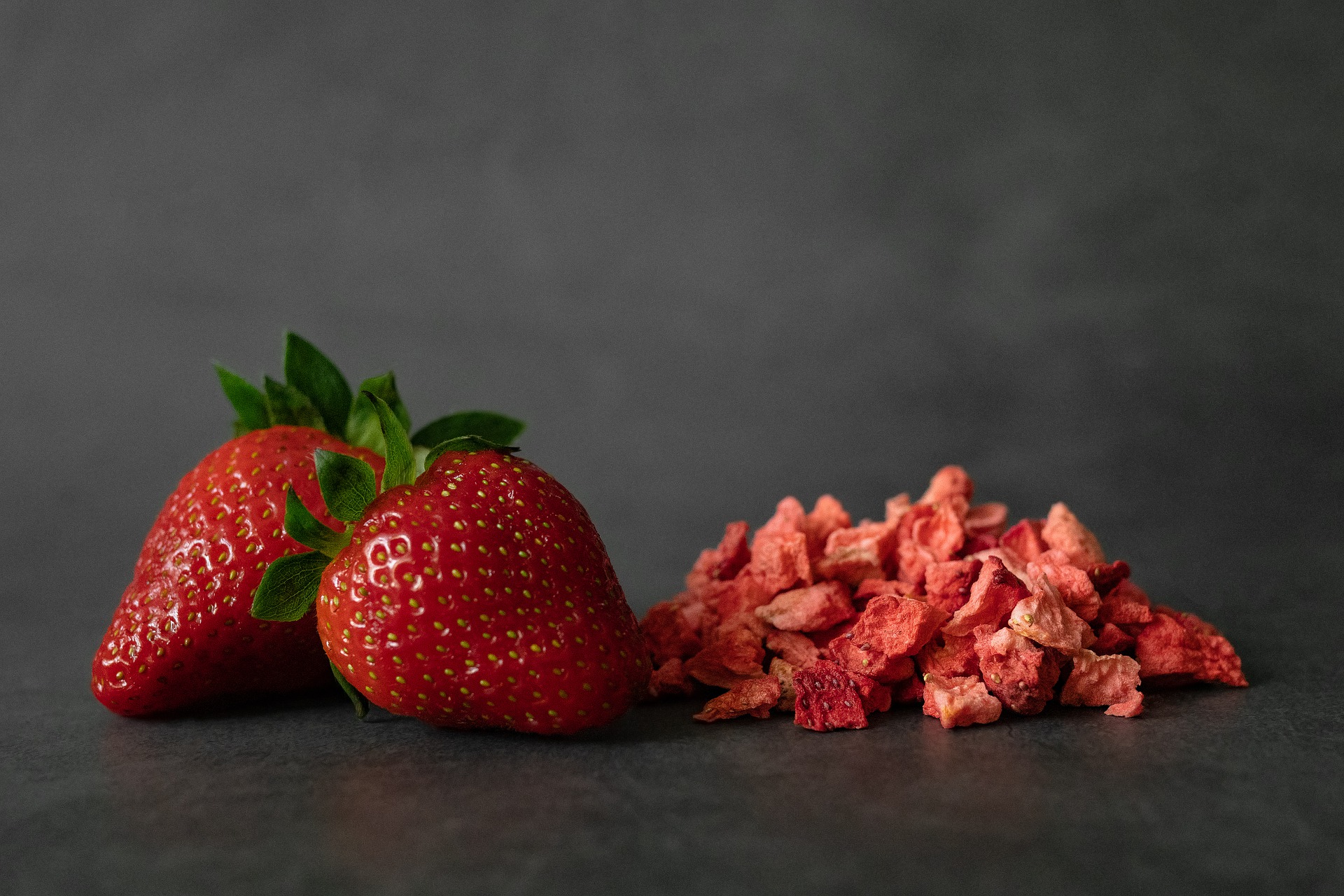
In Europe, all additives must be approved and contaminants like mycotoxins and pesticide residues are banned. The European Commission also has regulations on the maximum residue levels for chlorate and perchlorate. The maximum allowed level of chlorate is 0.3 for dates and figs and 0.05 mg/kg for most other fruit and vegetables. For perchlorate the maximum is 0.05 mg/kg.
In both the US and the EU deem sulfur dioxide safe for human consumption, but it is considered an allergen in the EU. Sulfur dioxide and sulfites must be clearly labeled and highlighted.
Conductive multi-flash drying method
Food scientists Jade Varaschim Link, Giustino Tribuzi, João Borges Laurindo published in the Journal of Food Processing and Preservation a new study for fruit drying in 2017. The study stems from the fact the short shelf life of some fruits limits their commercialization as fresh products. Their study focused on the drying process as well as the physical and structural properties of their samples and how they reacted to different drying methods. They also compared nutritional and rehydration properties of dried fruit.
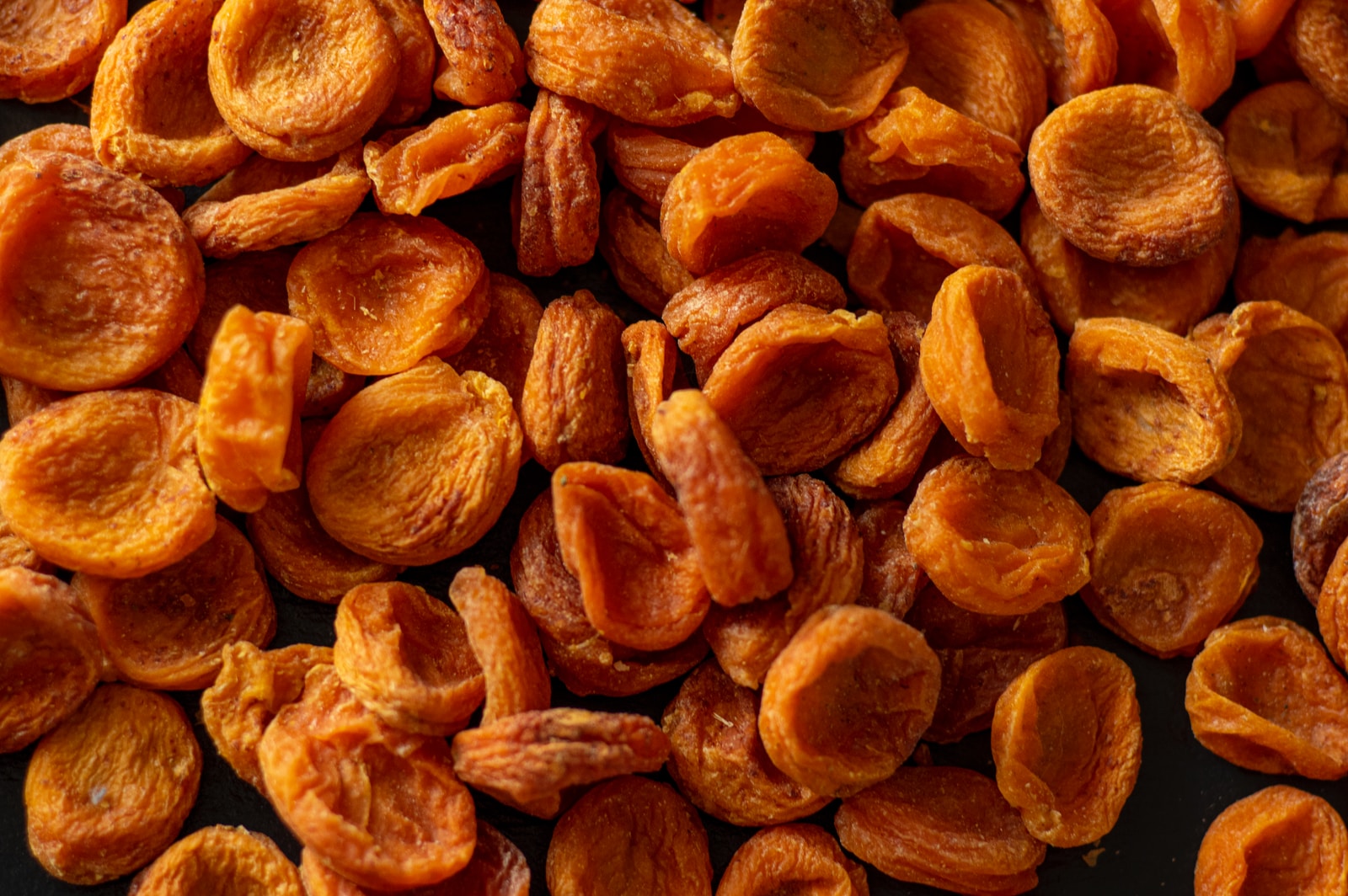
KMFD, or conductive multi-flash drying, uses multiple cycles of heating-vacuum pulse to dry fruit. This method heats the fruit at atmospheric pressure to 60°C before applying a vacuum pulse (sudden decompression). The scientists used a vacuum drying chamber and connected it to a vacuum pump, while samples were laid on plates that were heated with electrical resistances.
KMFD-treated fruit developed a crispy-and-dried texture and retained its color, shape and nutrients in shorter time compared to freeze-drying, air-drying and vacuum drying.
Processing steps involved in dried fruit making
Which dried fruit technology do you need?
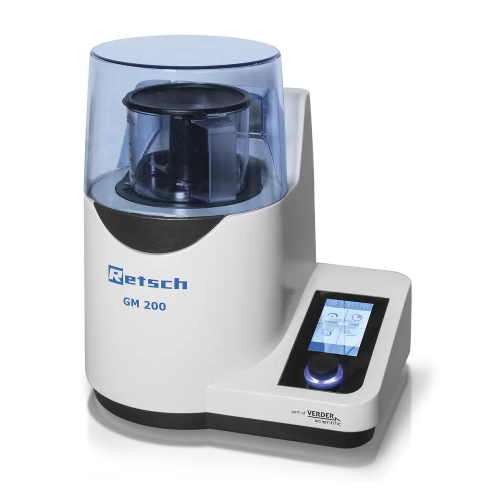
Knife mill for food and feed sample grinding and homogenization
Achieve consistent texture and precise size reduction of...
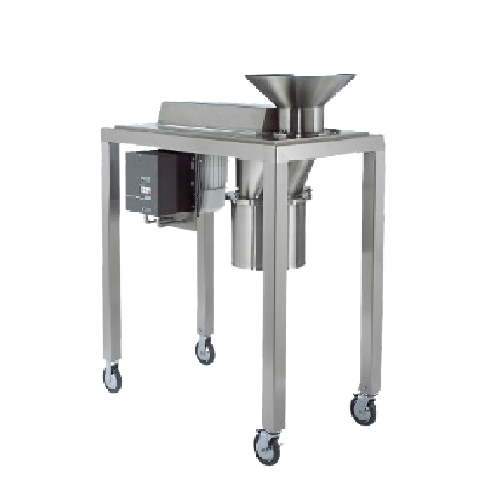
High efficiency milling solution for pharma and food industries
Achieve precise particle size control and enhance produc...

Cone mill for size reduction
Achieve precise particle size reduction and deagglomeration with minimal heat generation, ensur...
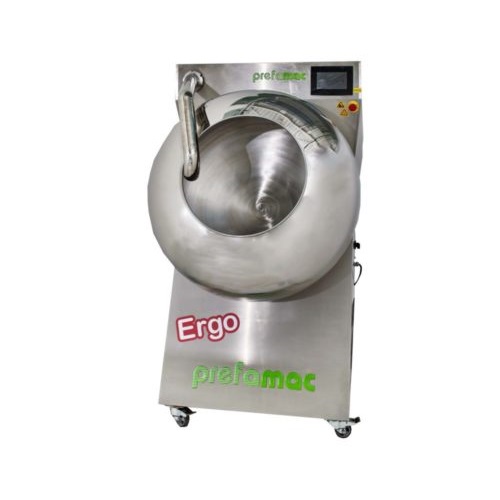
Coating solution for nuts and dried fruits
Easily apply multiple layers of chocolate to nuts, coffee beans, and more, achi...
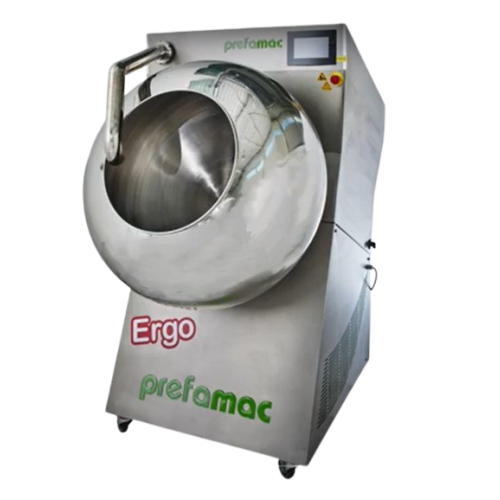
Chocolate coating system for nuts and small biscuits
Effortlessly achieve consistent chocolate coatings on nuts, fruits, ...
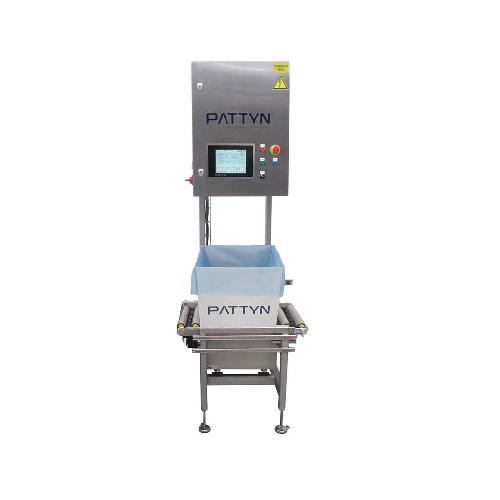
Box weight checkweigher for bulk bag-in-box applications
Ensure precise weight control in bulk packaging lines with this ...
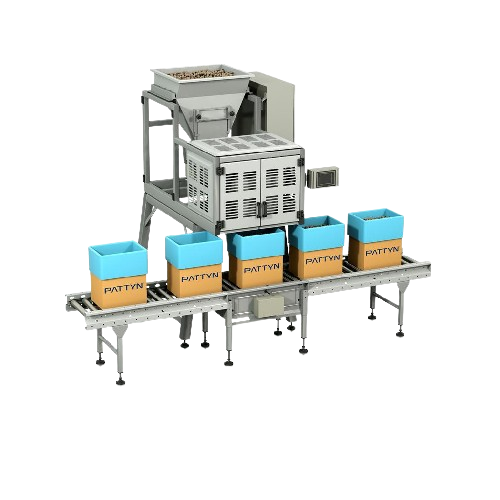
Linear vibratory weigh filler for fragile food products
Achieve precise and gentle filling of fragile food products with ...
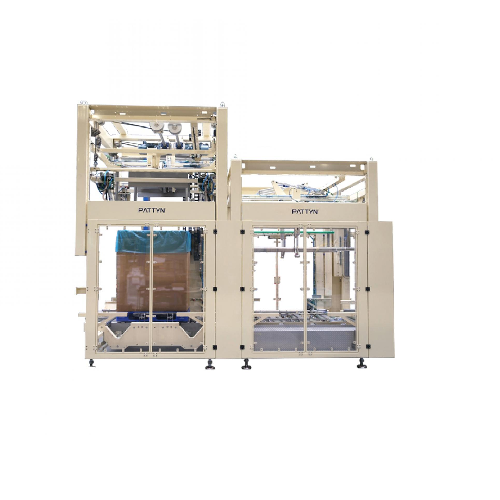
Industrial Xl bag sealer for large pallet containers
Eliminate manual handling and ensure perfect seals for bulk packagin...
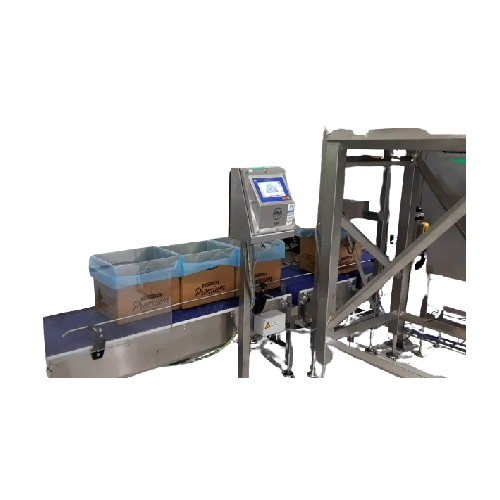
Linear weigh filler for accurate box packaging
Ensure precise weight-based filling for a variety of solid products, from d...
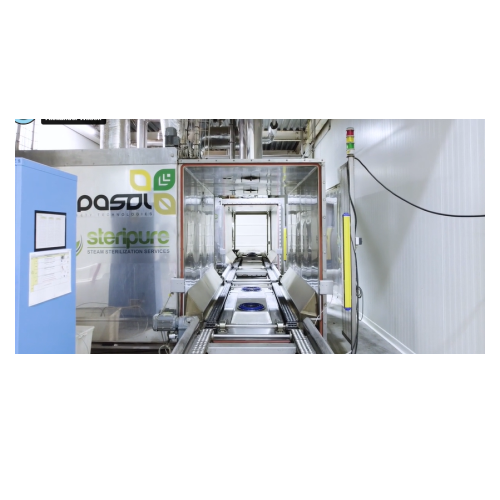
Roasting and pasteurization system for nuts and seeds
Ensure optimal pasteurization and roasting of nuts, seeds, and drie...
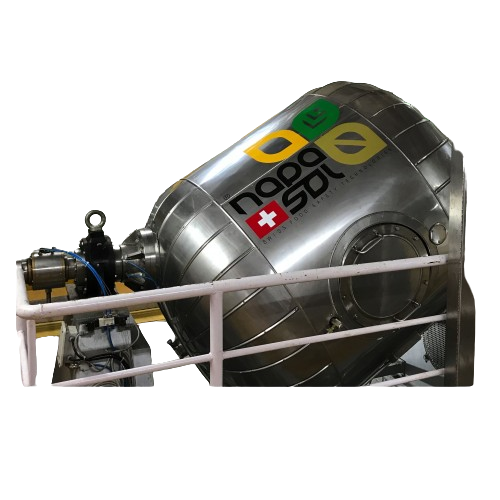
Roasting and pasteurization solution for nuts and seeds
Optimize your product line with seamless blending and pasteurizat...

Food cutter for professional kitchens
Optimize your food preparation with precision mincing, cutting, and homogenizing, pre...
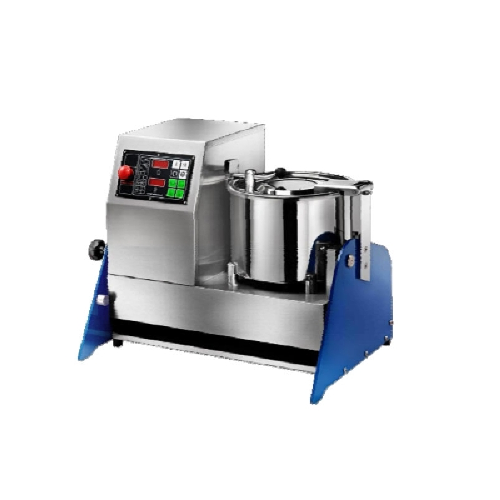
Professional food cutter for various ingredients
Streamline your food preparation with a versatile cutter designed to effi...
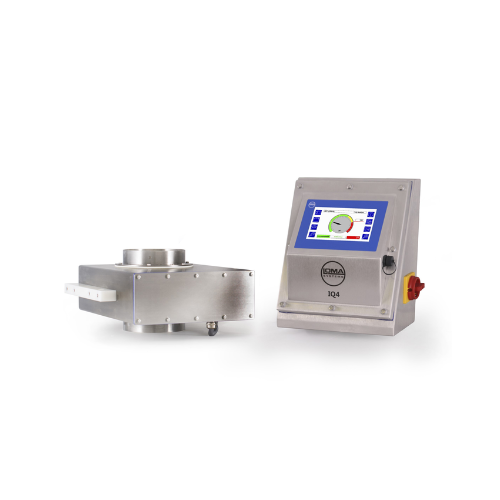
Gravity fed metal detector for dried foods
Ensure product purity and safety with metal detection between gravity feed hopp...
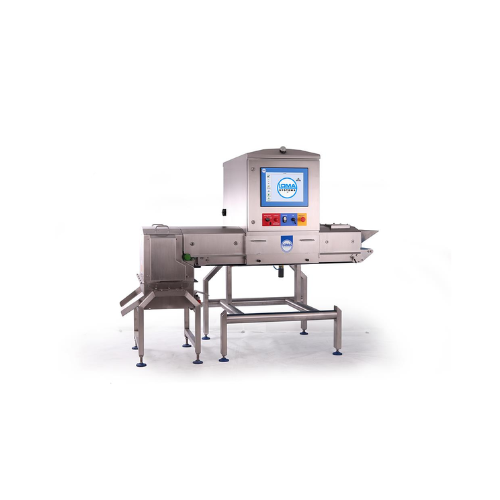
X-ray food inspection system for loose products
Ensure contaminant-free loose products by integrating a versatile inspecti...
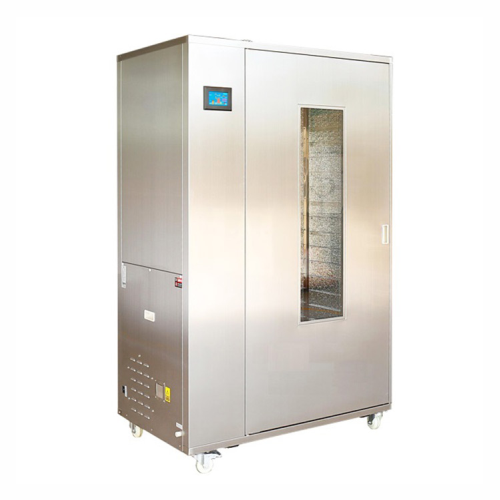
Industrial food dehydrator for fruit and vegetables
Optimize your drying process with a high-temperature food dehydrator ...
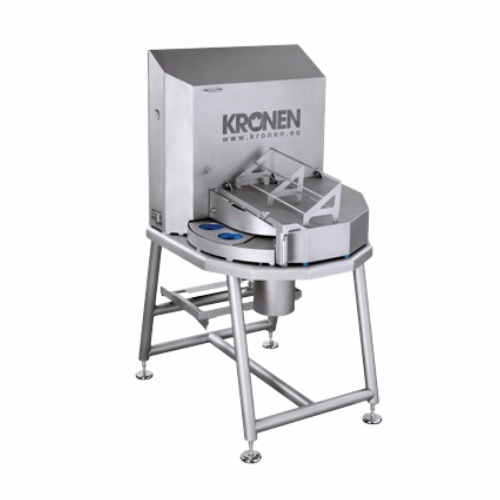
Vegetable and fruit cutting solution for slices, segments, and sticks
Streamline your pre-processing with a versatile c...
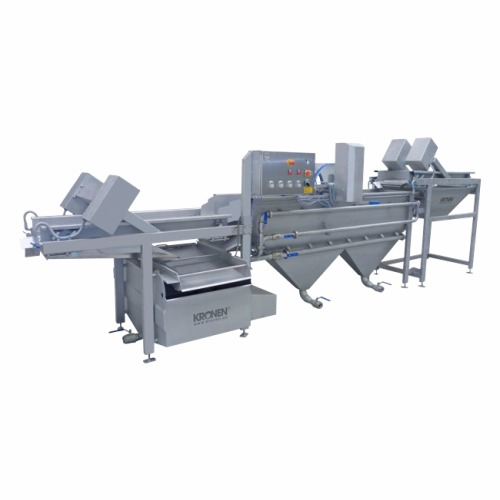
Industrial raisin washing system
Achieve thorough cleaning and separation for small, high-density food products with this in...
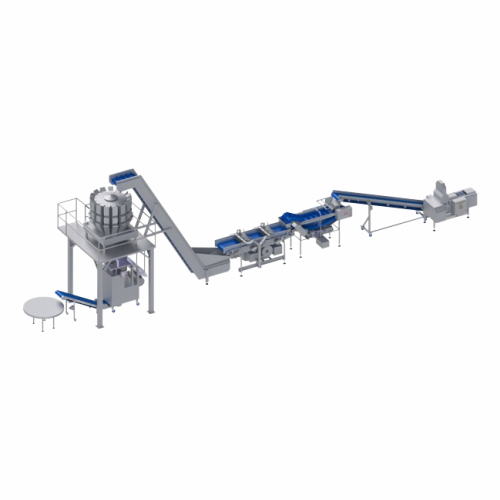
Fruit processing and packaging line
Streamline your fruit and vegetable processing with this semi-automatic system designed...
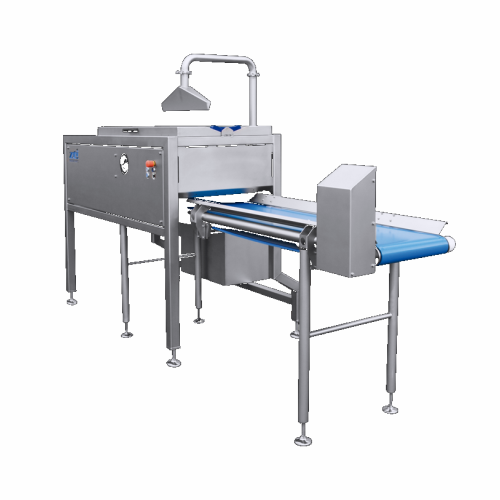
Grape destemming solution for efficient fruit processing
Streamline your fruit preparation process with a versatile machi...
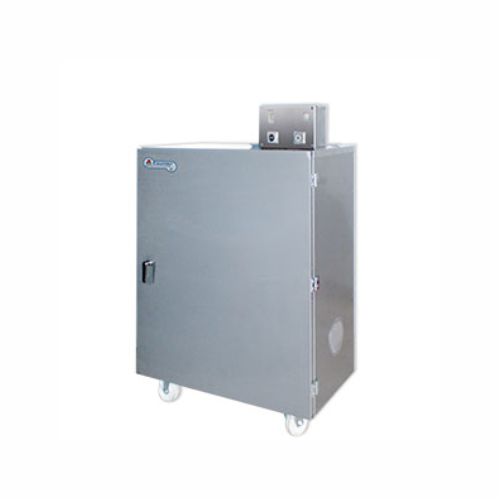
Industrial fruit drying cabinet
Efficiently transform fresh produce into long-lasting, nutrient-dense snacks with precise dr...
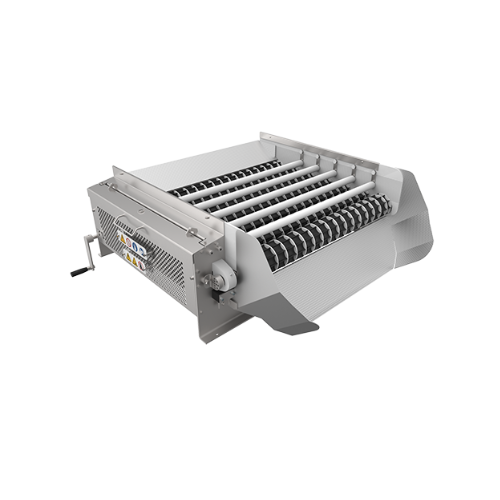
Rotary size grader for food processing
Enhance your production line by efficiently sorting and classifying produce to ensur...
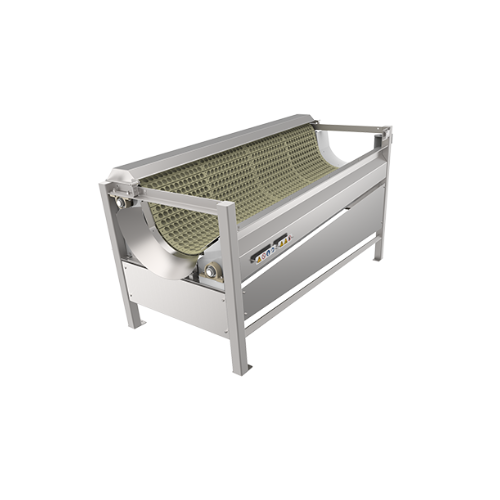
Small piece remover for food processors
When handling diverse food products, ensuring consistent product sizing is vital. T...
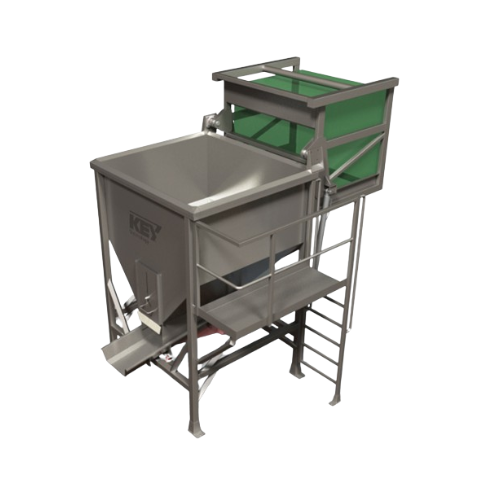
Tote bin dumper for bulk product transfer
Streamline your bulk product handling with a solution that efficiently transfers...

Industrial transfer conveyor system
Efficiently transport and sort diverse food products with precision, ensuring seamless ...
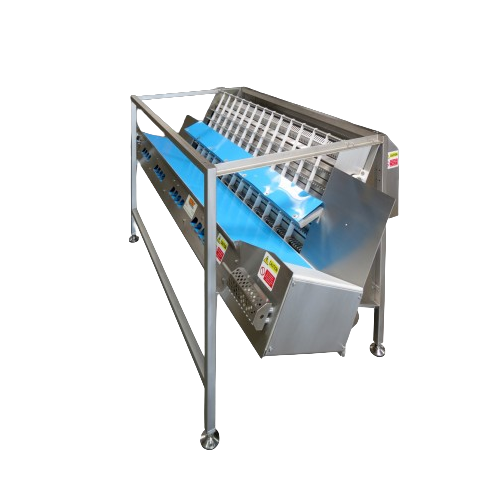
High-performance food processing and sorting solutions
Optimize your production line with integrated processing, conveyin...
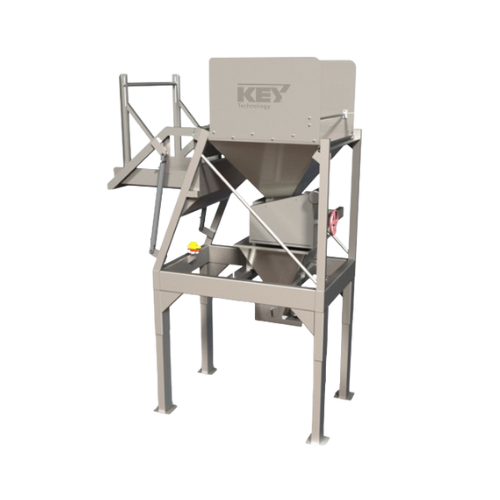
Food processing mixing system for vegetables
Tackle complex product mixing challenges with a system that seamlessly integr...
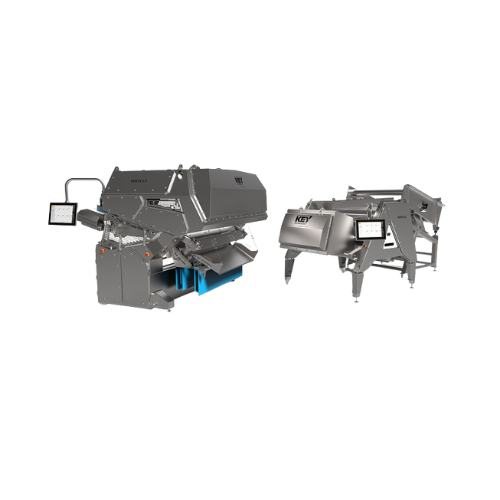
Optical sorting platform for food processing
For manufacturers aiming to enhance quality control, this platform offers pre...
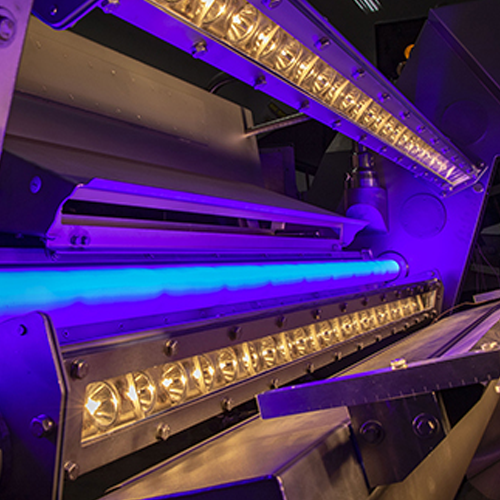
Optical sorter for blueberries
Enhance product quality and yield by precisely sorting blueberries, ensuring only optimal fru...
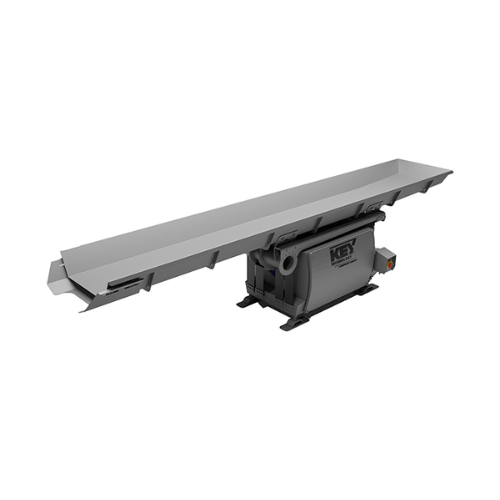
Large capacity horizontal motion conveyor for fragile products
Achieve gentle handling and minimize product damage with ...
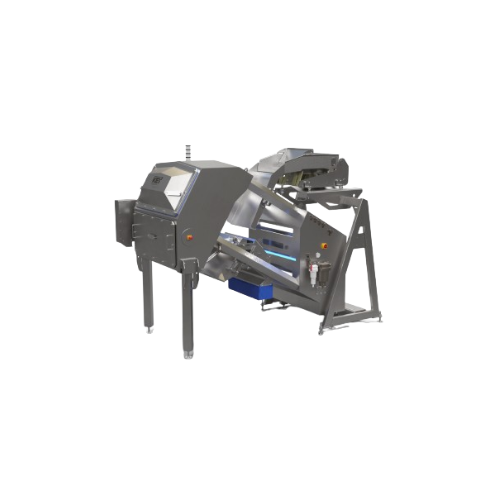
Optical sorter for food processing
Enhance your production line with advanced sorting technology that meticulously inspects...
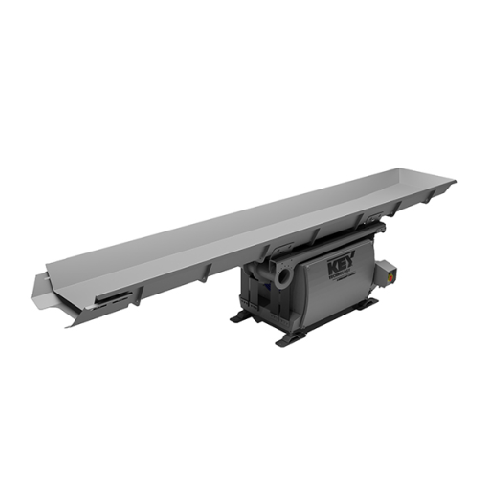
Distribution conveyor systems for food processing
Streamline your food processing pipeline with precision-engineered dist...
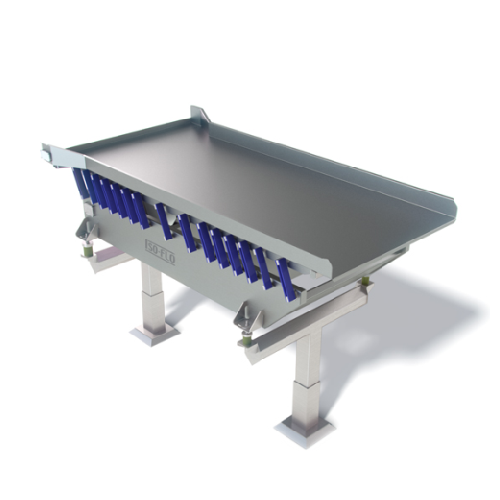
Feed conveyors for efficient product presentation
Optimize your production line with feed conveyors designed to streamlin...
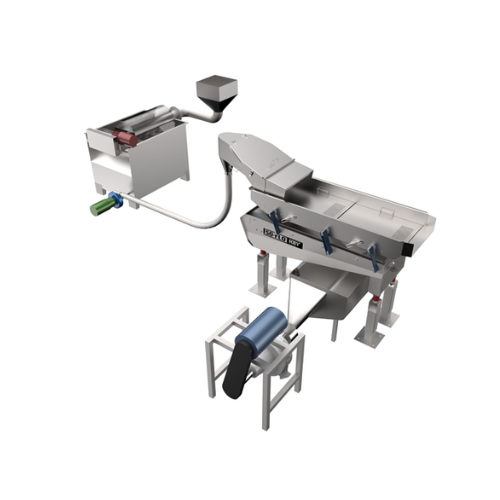
Hydro-flo food processing pump for vegetable transfer
Optimize food handling with a gentle, space-saving pump that protec...
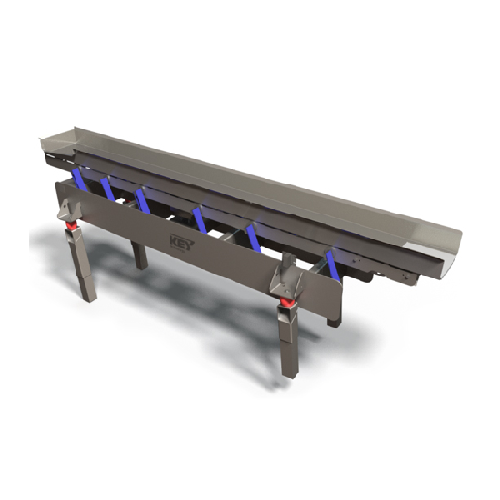
Industrial food grading system for vegetables
Optimize your production line with a versatile food grading system, ensuring...
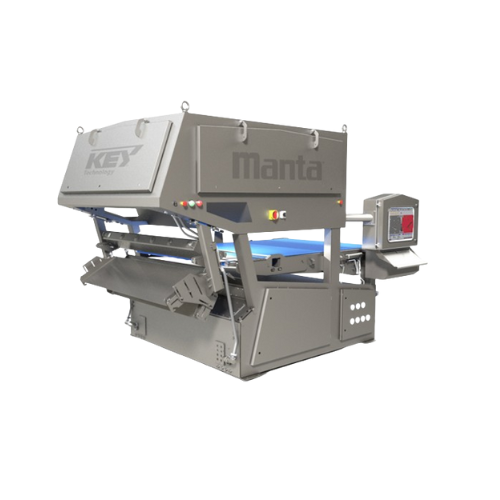
High-capacity optical sorter for food processing
Optimize your production line with precise sorting and separation, enhanc...

Optical potato sorter
Ensure precise sorting with advanced optical technology that identifies and separates defects in a wide...
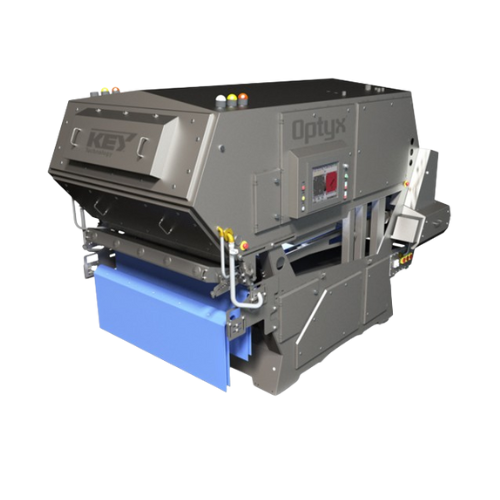
Optical sorting solution for food processing
Achieve precise sorting and maximize yield with a cutting-edge optical soluti...
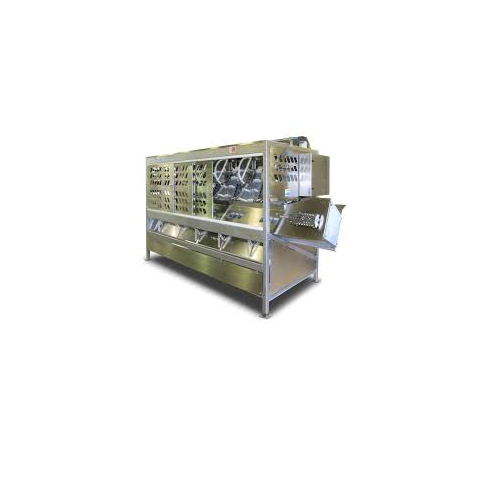
Sorting system for blueberries
Streamline diverse food processing tasks by efficiently conveying, processing, and sorting pr...
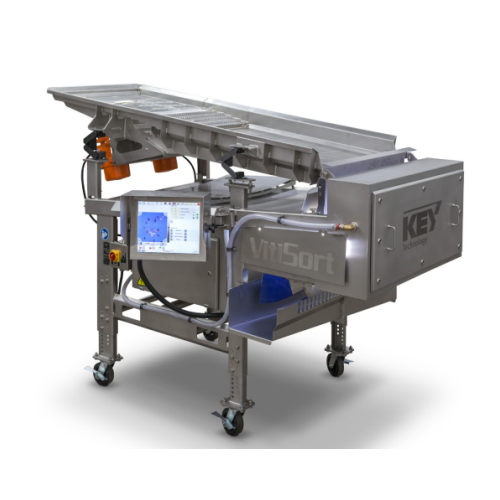
Vibratory conveyor for efficient bulk material transportation
Optimize your processing line with robust vibratory convey...
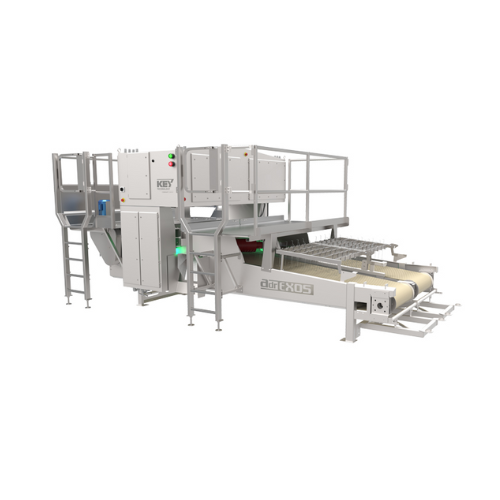
Automatic defect removal for french fries
Maximize yield and enhance quality in potato strip production with precision cut...
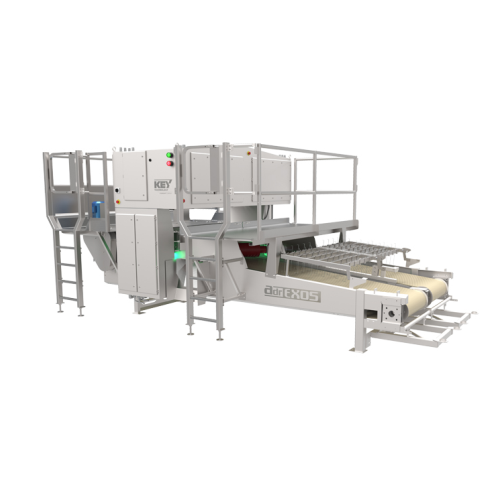
Inspection systems for poultry and seafood processing
Enhance the quality control of your food production with cutting-ed...
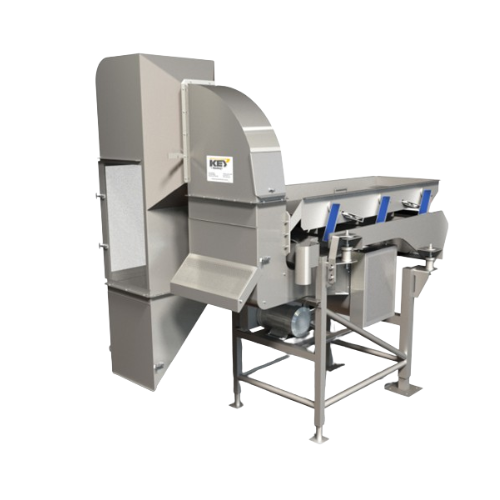
Industrial air cleaner for food processors
Optimize your production line with high-speed air separation, effectively remov...
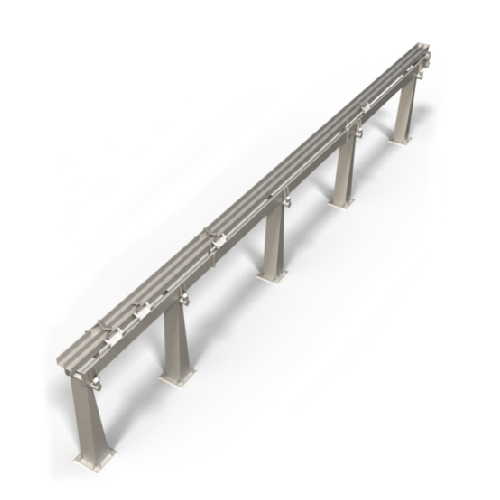
Collection conveyors for food processing
Optimize your production line by efficiently collecting and conveying solid produc...
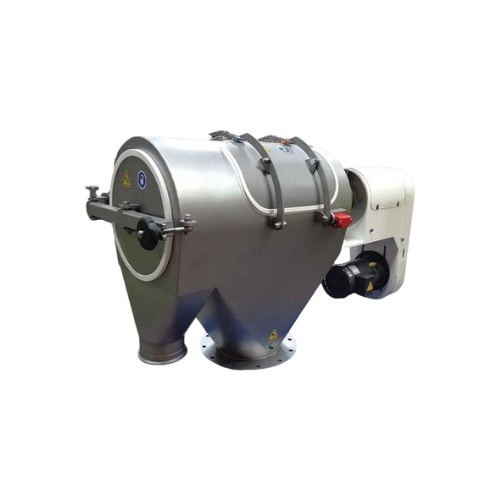
High-speed centrifugal sifter for food and pharma applications
Optimize your powder processing with a high-speed centrif...
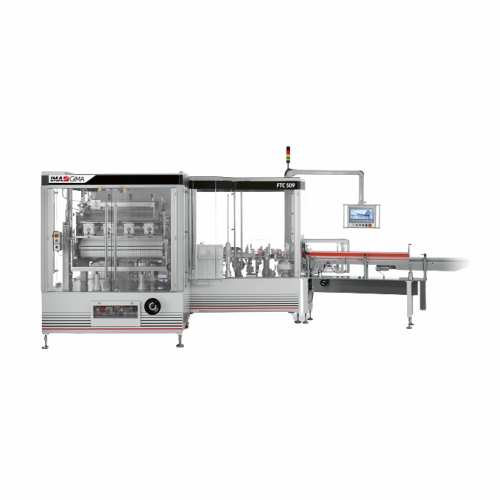
Vertical dosing and filling solution for confectionery packaging
Optimize your confectionery and nutraceutical packaging...
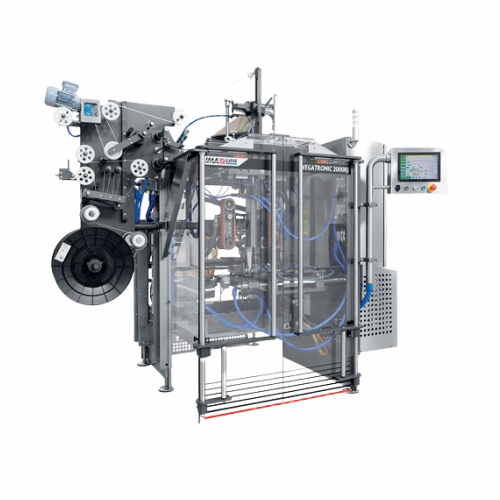
Intermittent vertical form fill seal for confectionery packaging
Optimize your packaging operations with this versatile ...
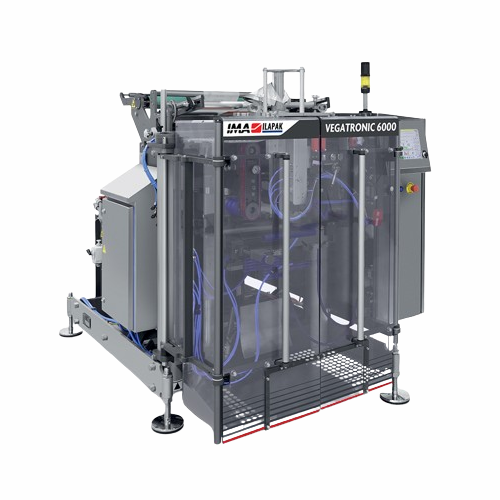
Continuous vertical form fill seal packaging solution
Experience unrivaled accessibility and efficiency in packaging fres...

High precision multihead weigher for confectionery production
Achieve precise weighing and counting for varied product c...
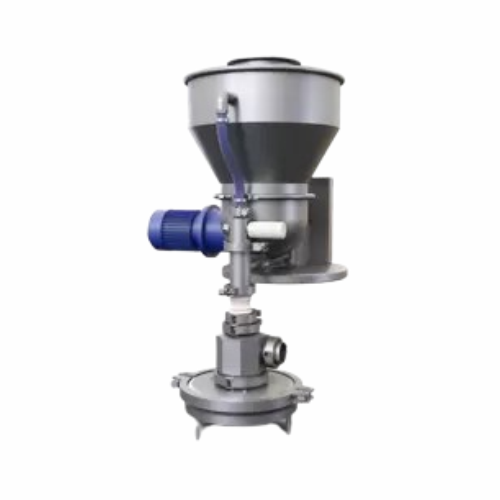
Ultra-fine grinding jet mill for coarse and fibrous materials
Effortlessly achieve ultra-fine particle sizes in coarse a...
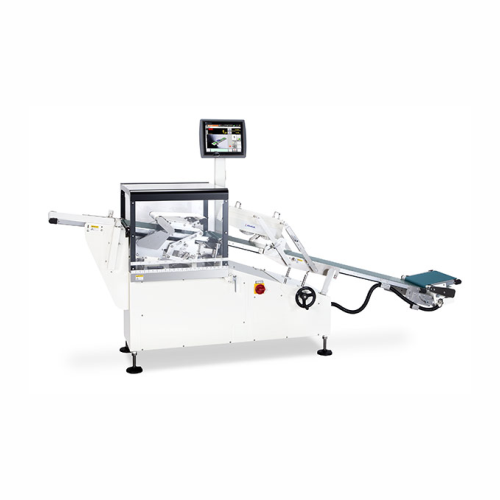
In-line seal checker for high-speed snack packaging
Ensure flawless package integrity with in-line leak detection, enhanc...
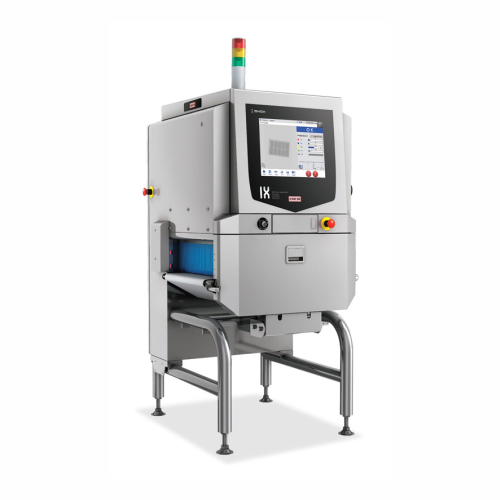
X-ray inspection system for identifying foreign bodies in food products
Ensure precise detection of foreign materials i...
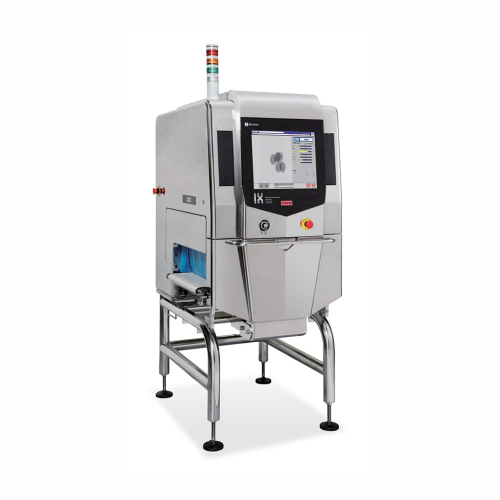
X-ray inspection system for detecting foreign objects in food products
Ensure product safety and quality by detecting e...
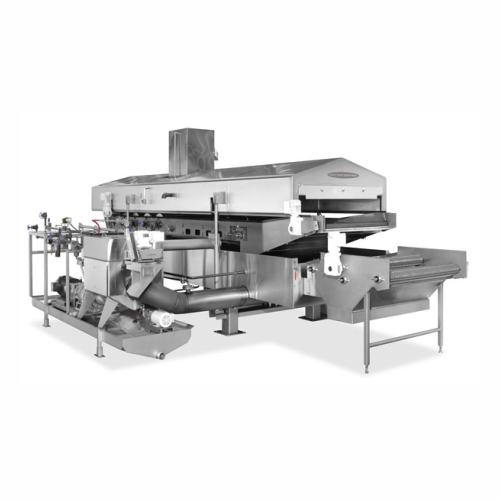
Plantain and banana chip fryer
Achieve consistent, high-quality plantain and banana chips with a continuous fryer designed f...
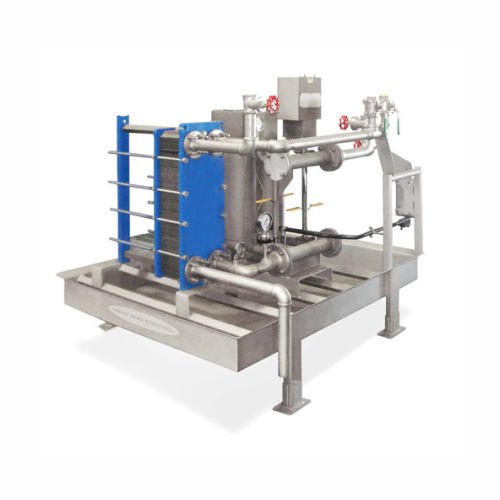
Oil cooling module for industrial fryers
Quickly cool frying oil to prevent thermal shock and maintain oil quality, allowin...
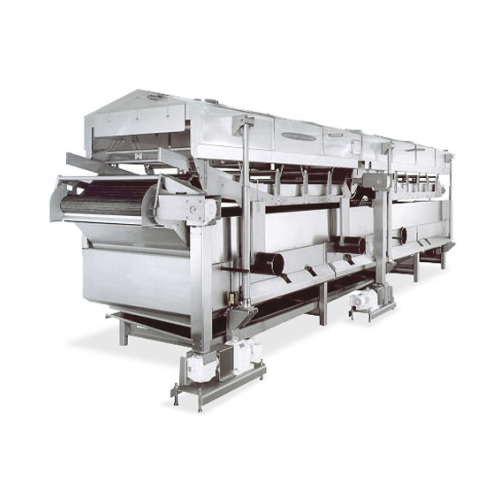
Continuous french fry fryer
Achieve optimal frying conditions with precise temperature control and rapid load adjustments, e...
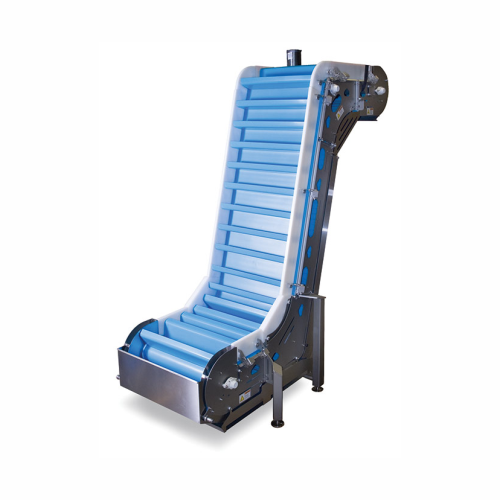
Incline transfer conveyors for dry, fresh, and frozen food products
Efficiently transfer a variety of solid and granule...
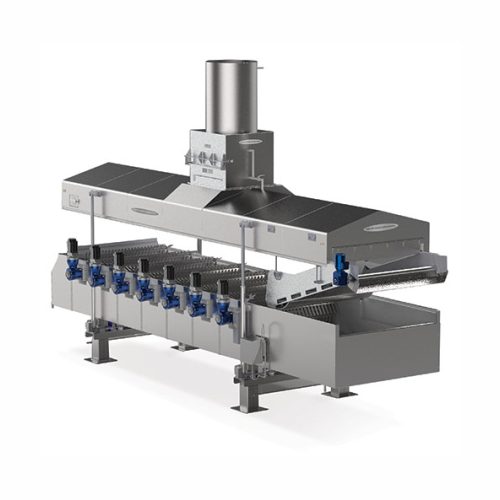
Flexible fryer for various snack products
Optimize your snack production with a fryer that adapts to varied product requir...
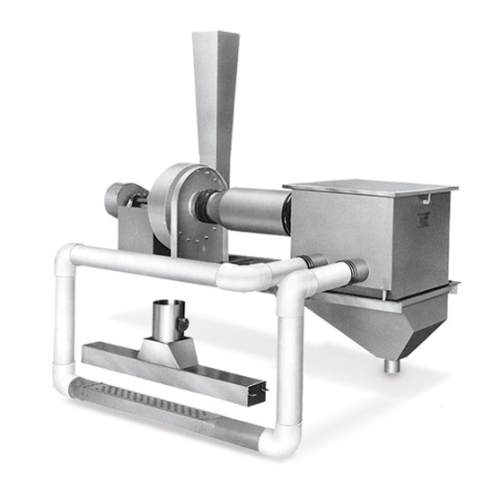
Industrial water removal system for food preparation
Enhance your production line with advanced surface water and starch ...
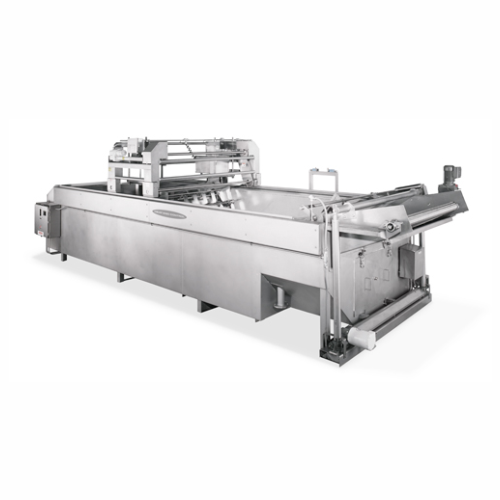
Batch frying system for kettle-style potato chips
Achieve consistent, high-quality kettle-style potato chips with a syste...
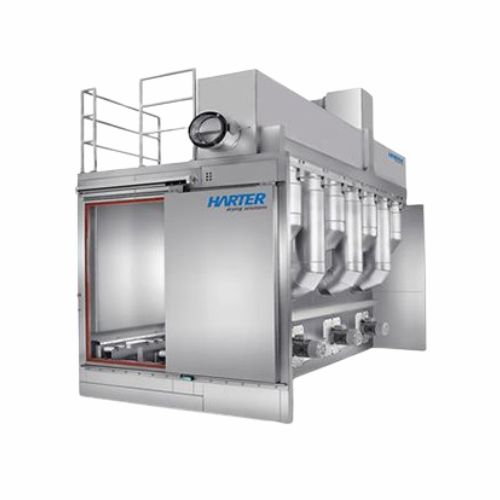
Industrial tunnel dryer
Optimize drying efficiency and maintain product quality with continuous tunnel drying, ideal for prec...
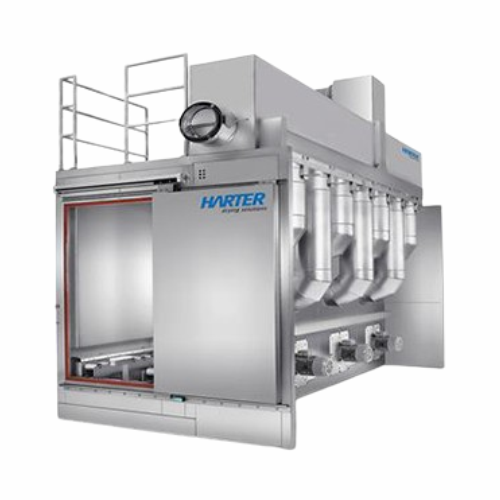
Continuous tunneling drying system for industrial applications
Streamline your drying process with precision-controlled ...
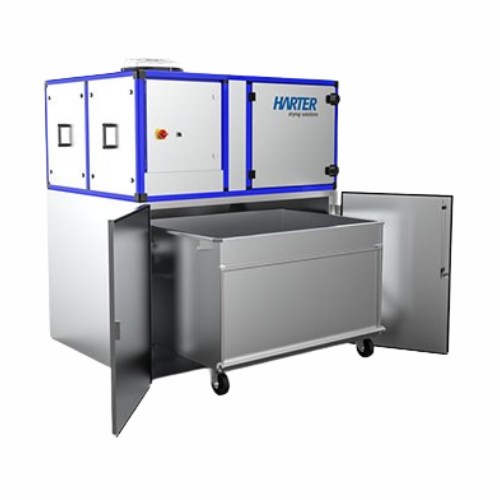
Industrial sludge drying solution
For facilities needing precise moisture removal, this compact solution ensures efficient ...
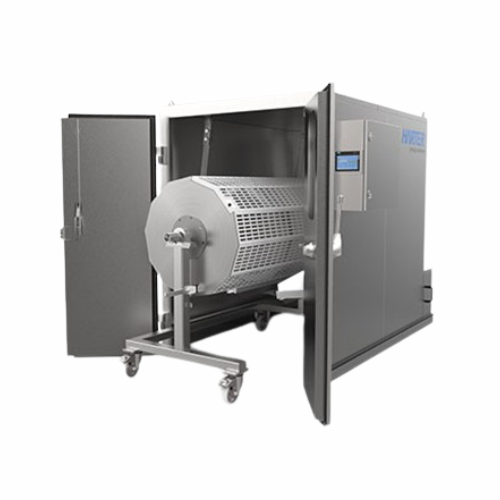
Drum dryer for animal feed
Achieve efficient and uniform drying for a variety of products, from nuts to medicinal cannabis, ...
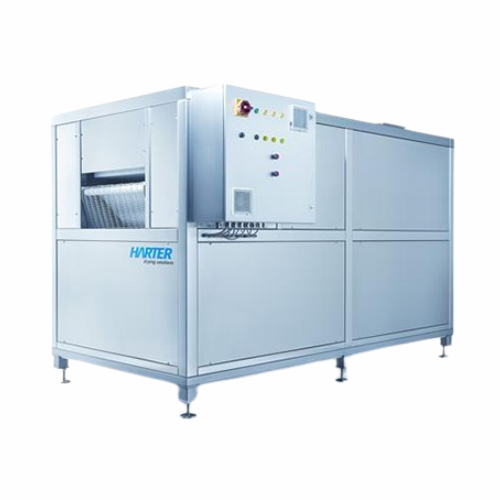
Continuous dryer for large production volumes
Achieve high-speed moisture removal with precision and minimal thermal impac...
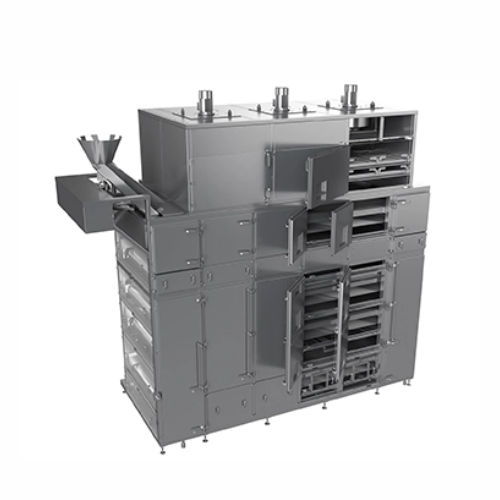
Continuous belt dryer for industrial production
For operations requiring precise moisture control, this continuous belt dr...
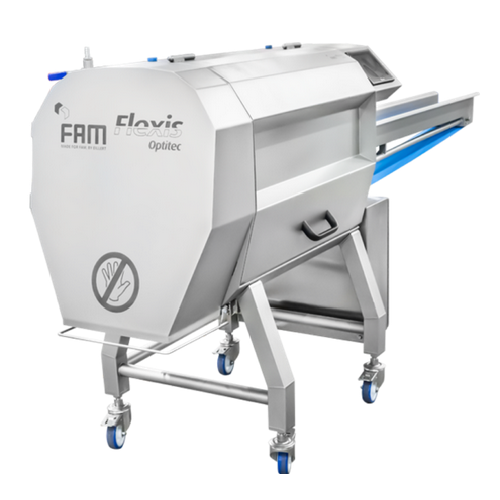
Flat-belt slicer for fruits and vegetables
Optimize your slicing process with a solution that delivers precision cuts whil...
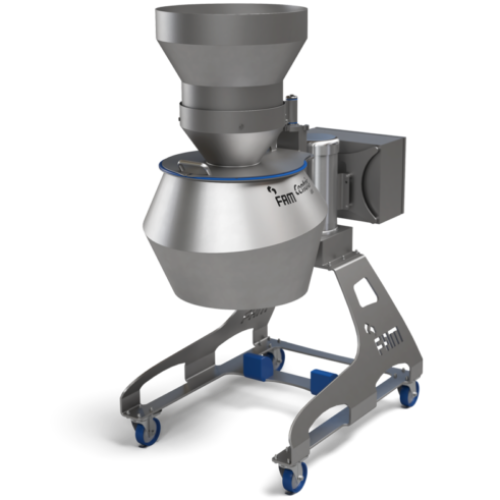
Vegetable and fruit centrifugal slicer and shredder
Enhance your food processing with high-capacity slicing and shredding...
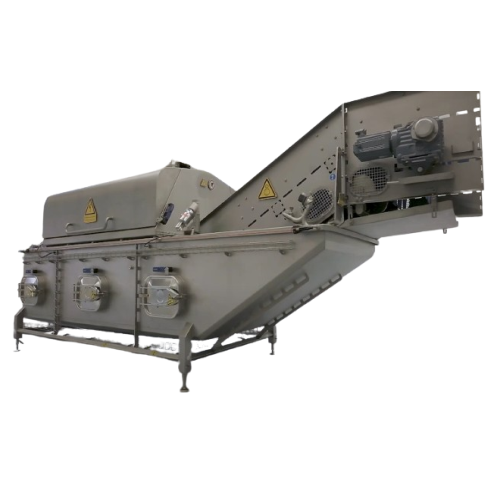
Pulsed electric field treatment for roots, tubers, and fruits
Enhance your production line with advanced pulsed electric...
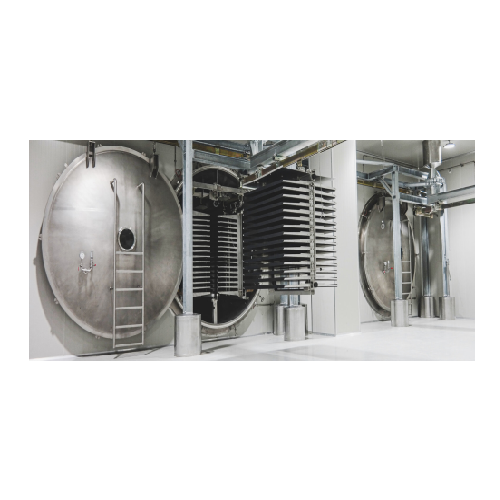
Vacuum and freeze drying plants for food and pharmaceuticals
Ensure high-quality, extended shelf-life products with inno...
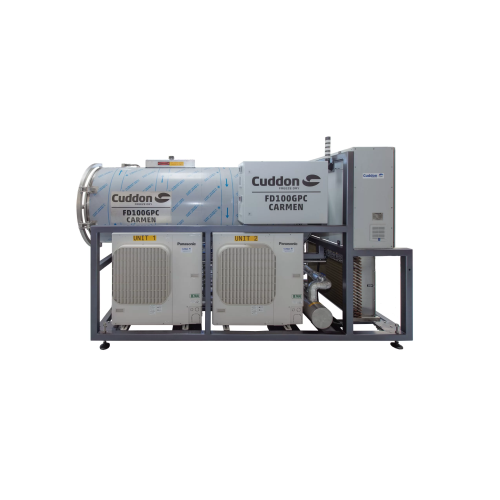
General purpose freeze dryer for small commercial batches
Maximize your production line’s flexibility with this ve...
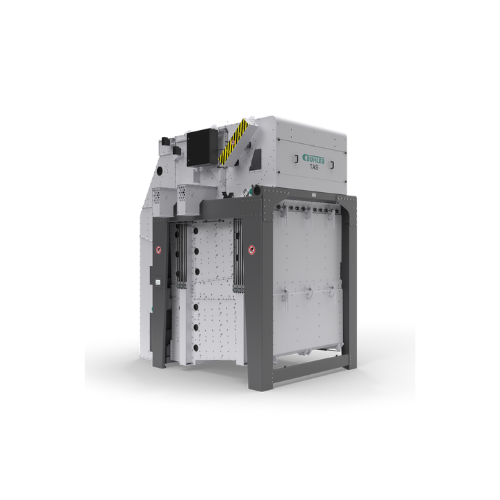
Grain cleaning system for high-quality processing
Optimize your grain processing with a versatile cleaning system designe...
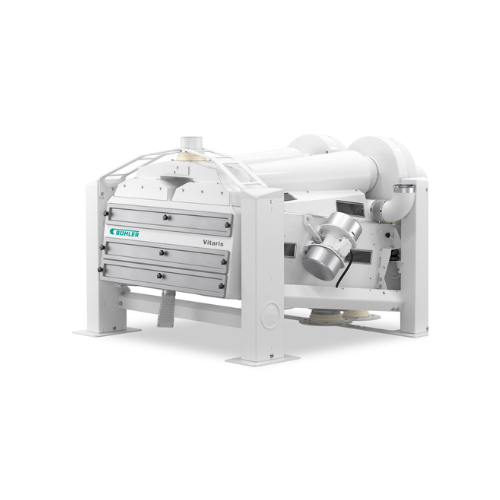
Efficient grain destoning and concentrating system
Optimize your grain processing with a solution that ensures precise se...
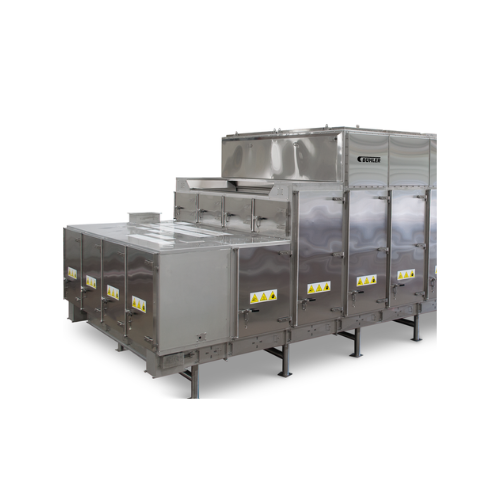
Multi-pass pet food dryer for consistent moisture content
Achieve precise moisture control and enhanced product quality ...
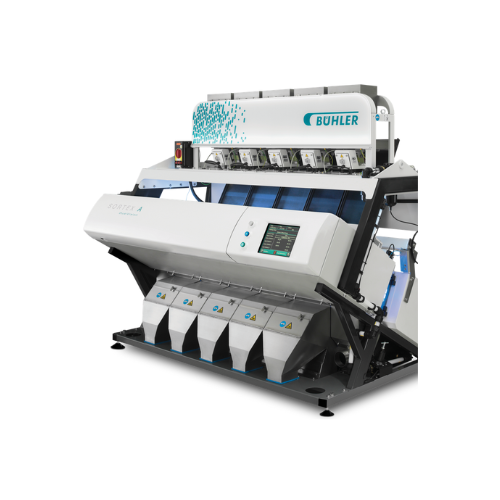
Optical sorter for coffee, grains, nuts, and plastic flakes
Ensure precise defect detection and foreign material removal...

Optical sorter for nuts or dried fruits
Ensure maximum food safety and quality by efficiently sorting and removing shells, ...
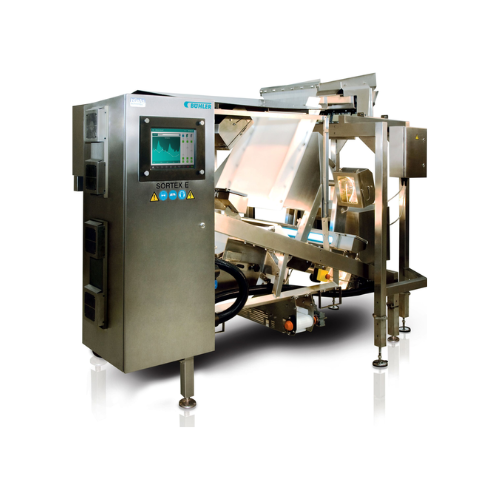
Optical sorter for frozen fruit and vegetable processing
Enhance your processing line’s efficiency with high-speed ...
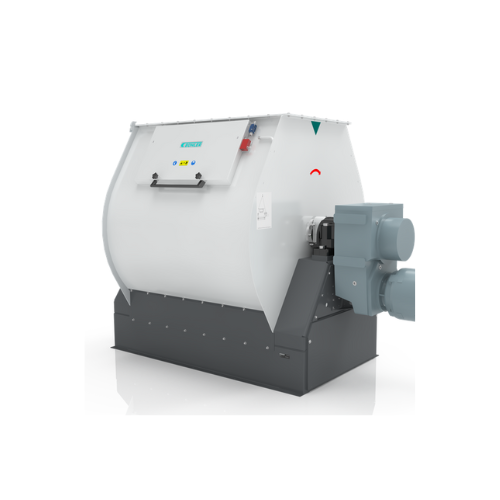
Batch mixer for animal feed
Streamline your mixing process with a high-speed batch mixer that delivers up to 20 mixing cycle...
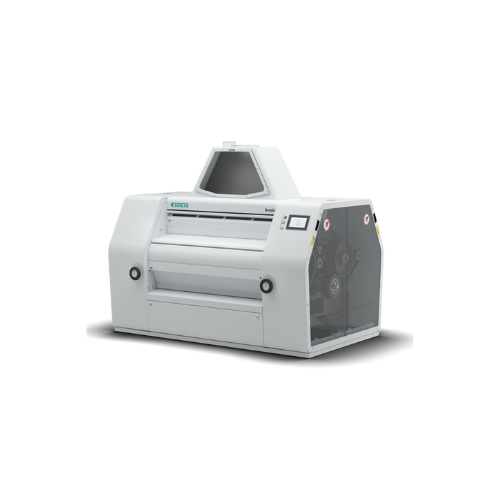
Four-roller and eight-roller mill for wheat and grain grinding
Optimize your grinding operations with this versatile rol...

Commercial pasta press for diverse ingredients
Optimize your pasta production with a flexible solution capable of handling...

Scraped surface heat exchanger for viscous liquids
Optimize heating and cooling of viscous liquids efficiently with conti...
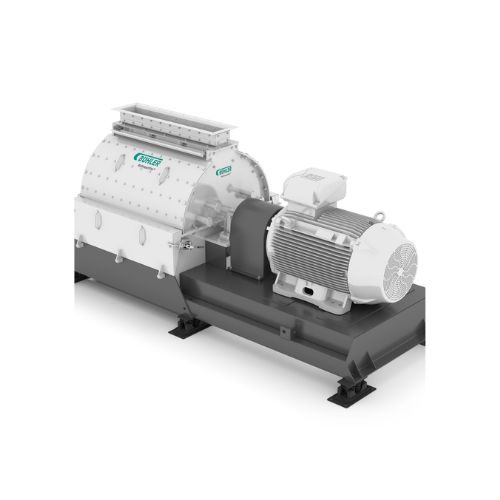
Hammer mill for fine grinding in food and feed industries
Achieve exceptionally fine particle-size distribution with a h...
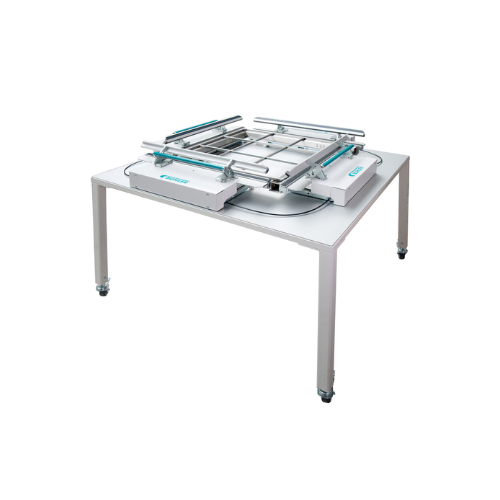
Sieve tensioning device for milling applications
Achieve precise and consistent tensioning across various sieve frames wit...
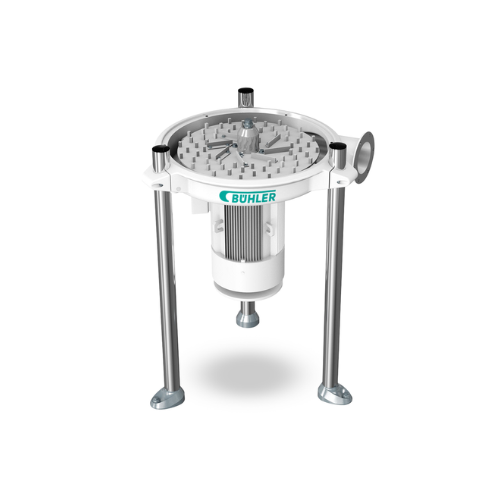
Impact machine for milling applications
Optimize your grain processing with this versatile impact machine, designed to refi...
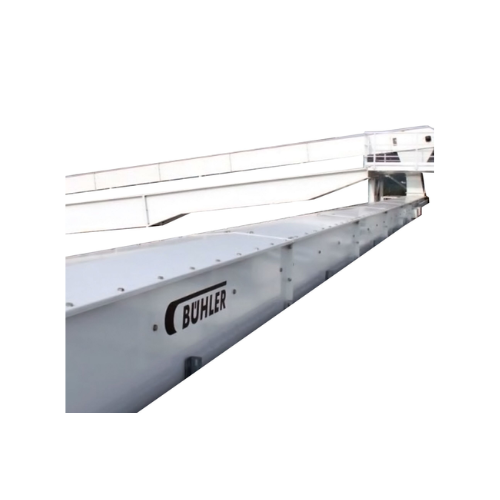
Heavy-duty trough chain conveyor for high throughput applications
Optimized for high-capacity operations, this robust c...
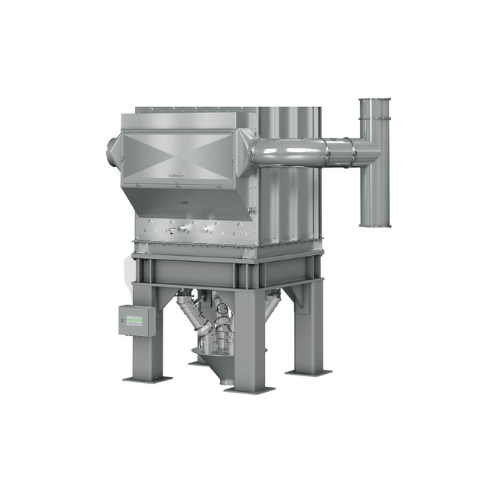
Hydrothermal kiln for oats and sorghum
Optimize your grain production with advanced enzyme inactivation and hydrothermal tr...
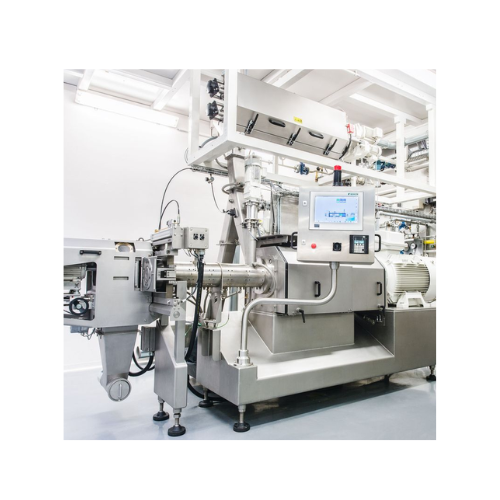
Twin-screw extruder for breakfast cereals production
Enhance your product range with flexible twin-screw extrusion techno...
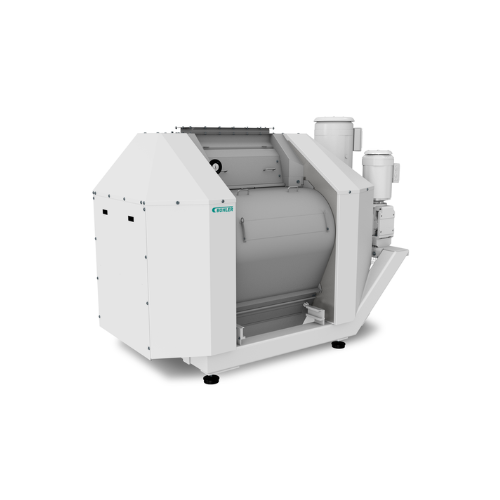
Industrial grain flaking mill
For efficient grain processing, achieve uniform flake quality with advanced temperature-contro...
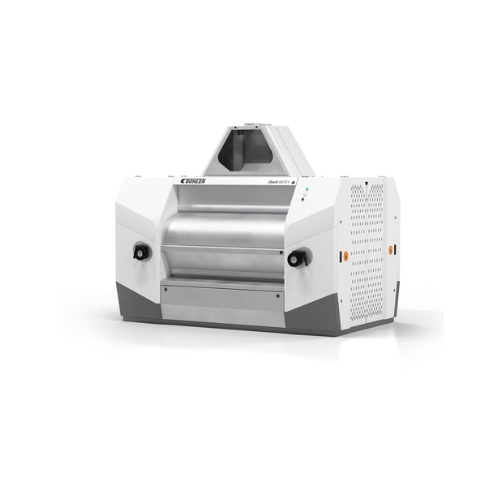
Four-roller and eight-roller mill for grains
Optimize your grain processing with precise roller configurations, ensuring c...
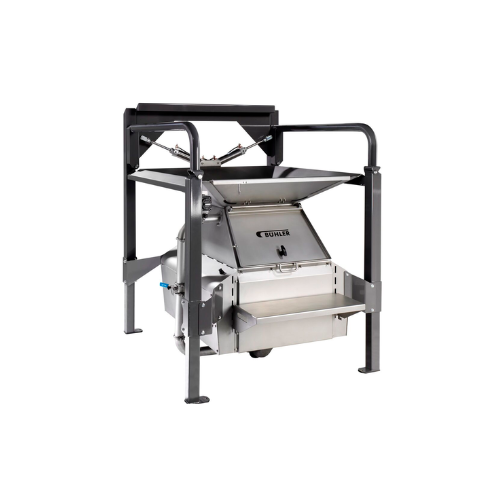
Discharge station for bags and big bags
Ensure consistent material flow and hygiene in your production line with a versatil...
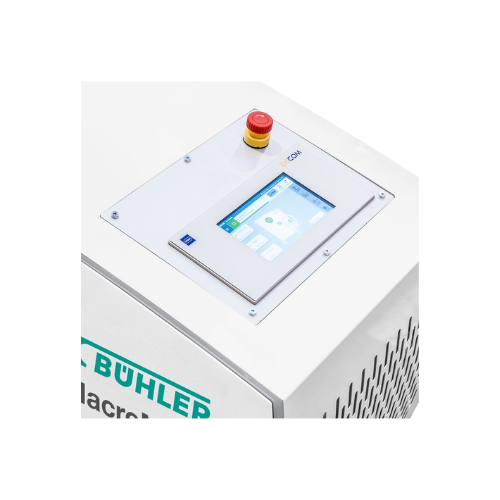
Control systems for wet grinding industry
Enhance precision and efficiency in your production line with advanced control s...

Optical sorter for grain and seed sorting
Ensure precise defect detection and efficient sorting of grains, pulses, and see...
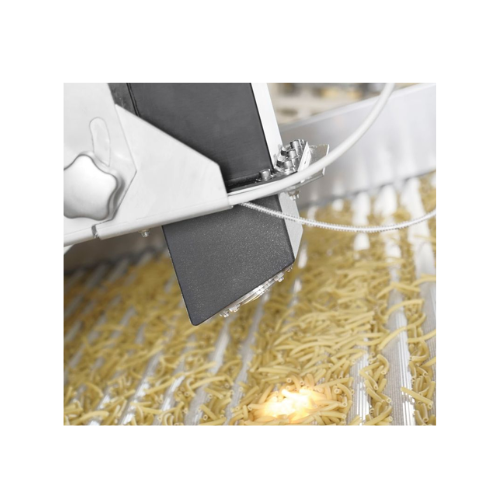
Digital process service for regulating water in dough preparation
Achieve consistent dough moisture levels with this di...
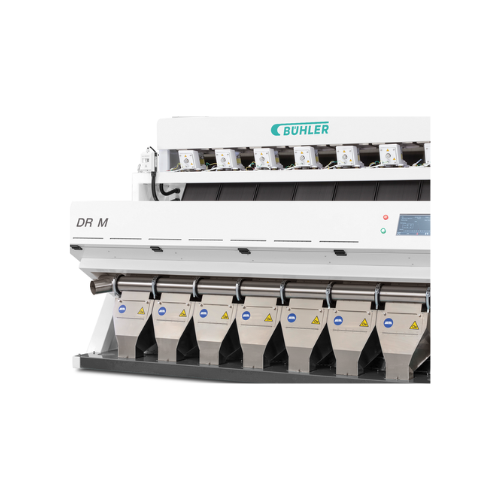
Optical sorter for wheat applications
Effortlessly enhance product purity by eliminating color defects and foreign material...
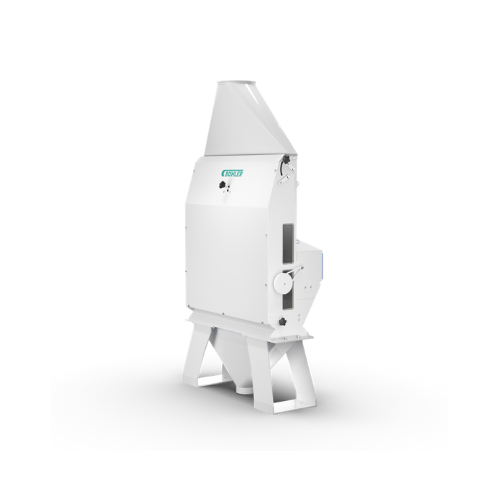
Aspiration channel for grain cleaning
Achieve superior product quality by efficiently removing light impurities from granul...
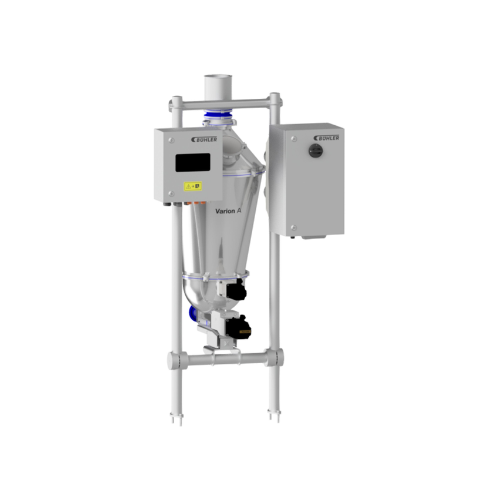
Batch scale for high accuracy weighing of powdery products
Achieve unparalleled precision in powder dosing with our batc...
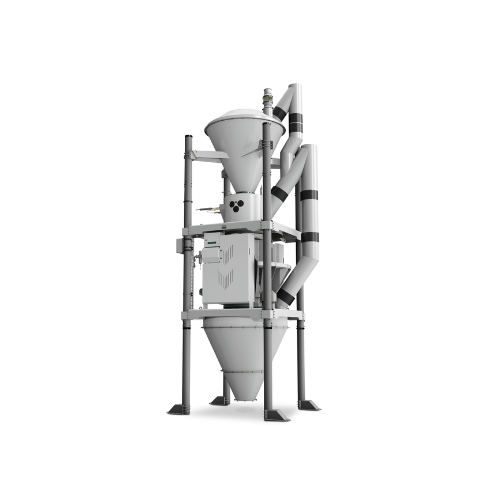
Fully automatic batch scale for powdery and granular products
Achieve precise and repeatable dosing for powdery and gran...
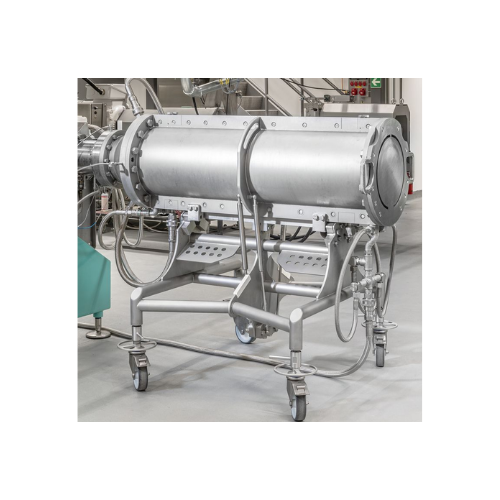
Industrial cooling die for wet textured proteins
Maximize production efficiency by creating diverse, high-quality protein ...
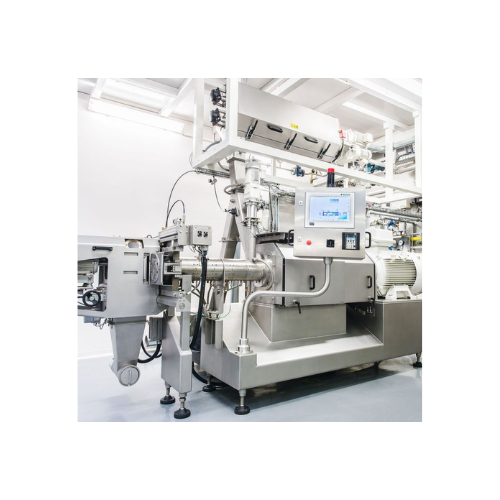
Twin-screw extruder for breakfast cereal
Optimize your production with a robust twin-screw extruder that accommodates high ...
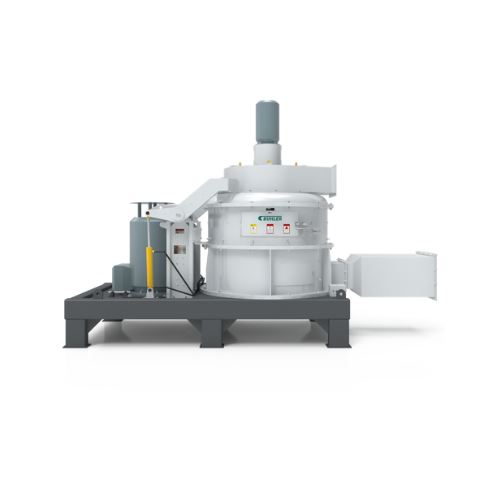
Ultra-fine pulverizer for aqua feed and pet food
Achieve precise granulation with high efficiency for your feed and food p...
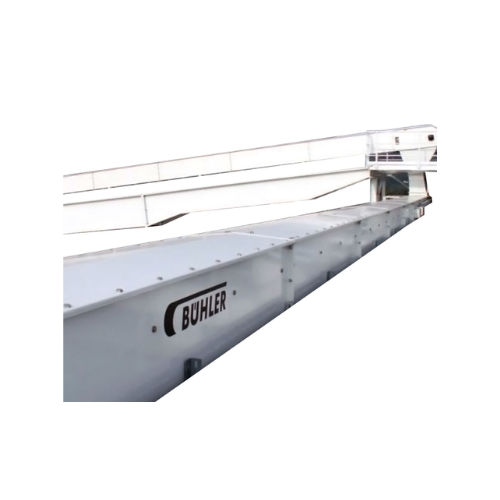
High-capacity horizontal conveyor for bulk storage
Optimize your high-speed bulk material handling with a durable and eff...
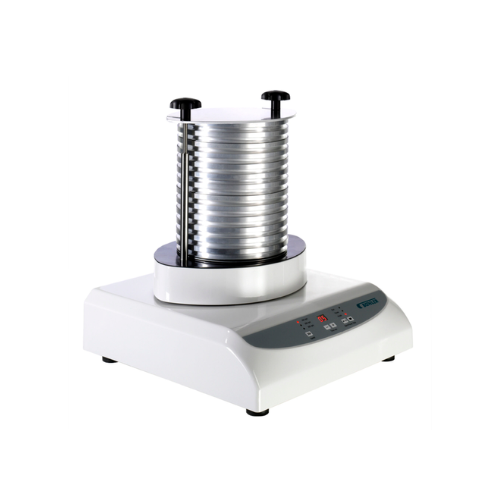
Laboratory plansifter for grain milling and brewing
Achieve precise particle-size distribution and quality control across...
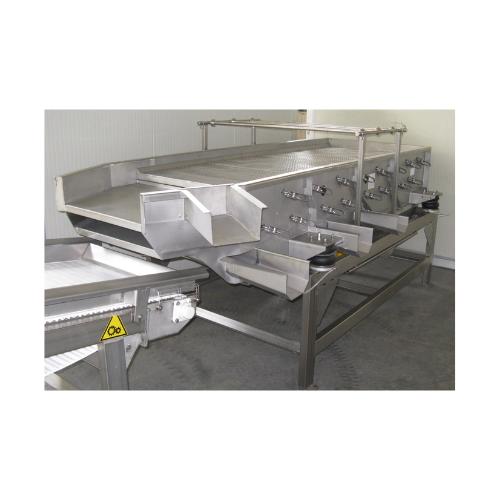
Vibrating tables for dewatering and sizing
Optimize your processing line with versatile vibrating tables designed to effic...

Semi-auto case packer for flexible bag collation
Enhance your manual packing speed and flexibility with a semi-automatic s...
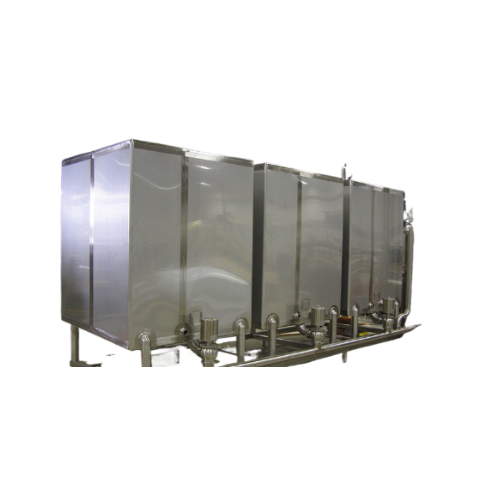
Industrial clean-in-place (cip) system
Ensure seamless cleaning and sanitation in your production line with innovative CIP ...
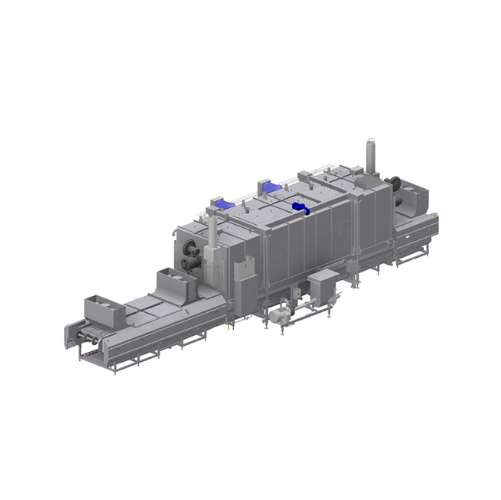
Surface pasteurizer for low moisture foods
Ensure a pathogen-free surface on low moisture products without altering their ...
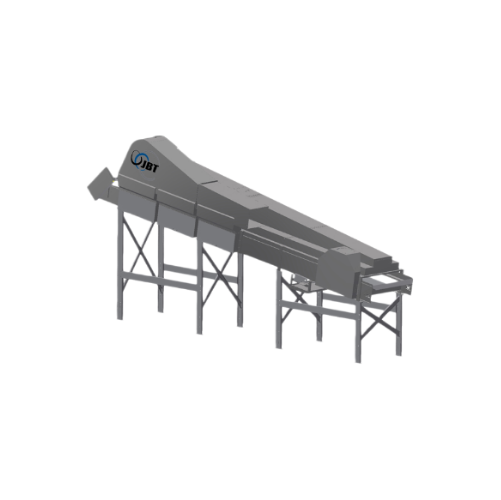
Single pass dryer for fresh produce
Optimize your fresh produce processing with a continuous drying solution that enhances ...
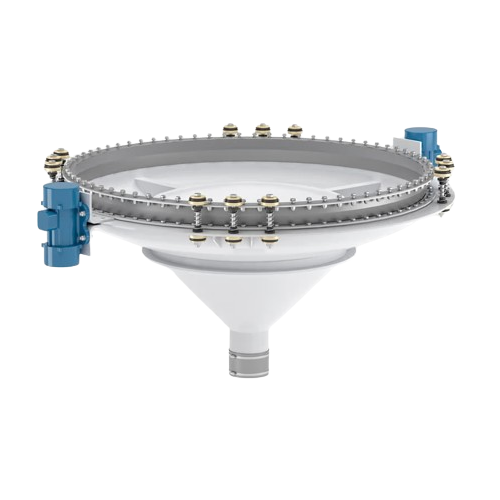
Industrial vibrating extractor for homogeneous product conveyance
Ensure consistent flow of dry bulk materials with a v...
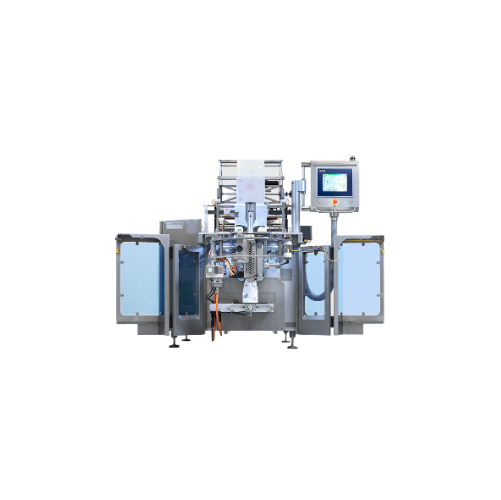
Vertical form-fill-seal for pillow bag packaging
Looking to enhance the speed and reliability of your packaging process? T...
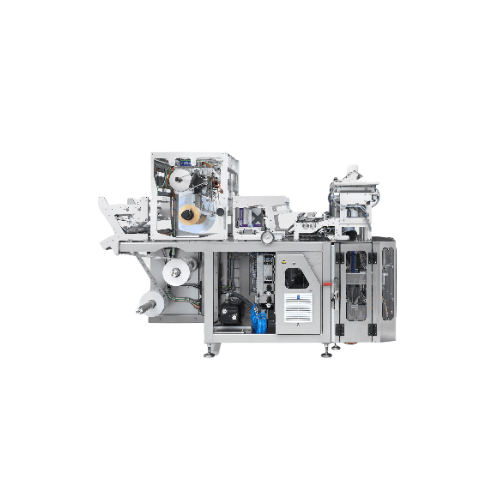
High-speed vertical packaging system for candy and snacks
Achieve up to 500 pillow bags per minute with our high-speed p...
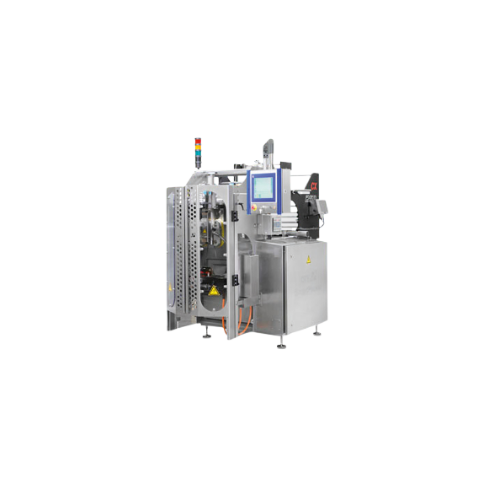
Vertical form fill sealer for high-speed packaging
Achieve consistent, high-speed packaging with flexible bag styles, per...
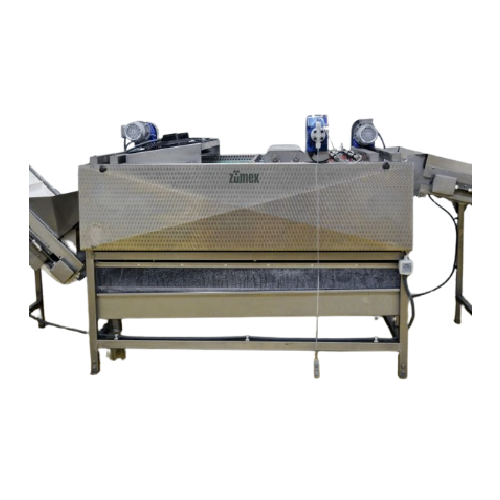
Industrial fruit washing and loading hopper system
Streamline your juice production by ensuring optimal fruit preparation...
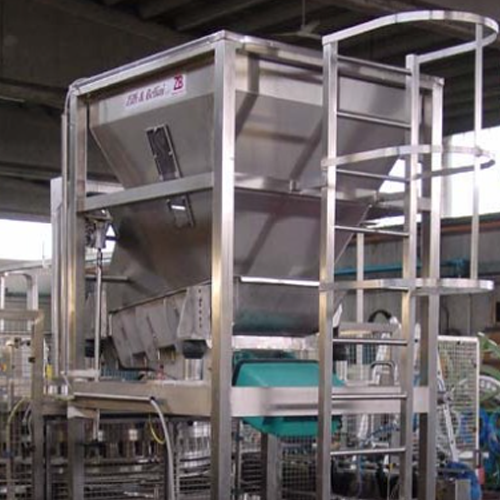
Solid product feeding systems for food industry
Ensure consistent product flow and maximize filling efficiency in your pro...
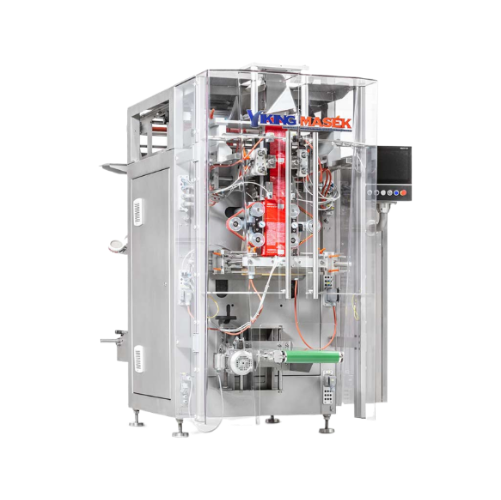
High-speed vertical form fill seal for various packaging needs
Streamline your packaging process with an advanced vertic...
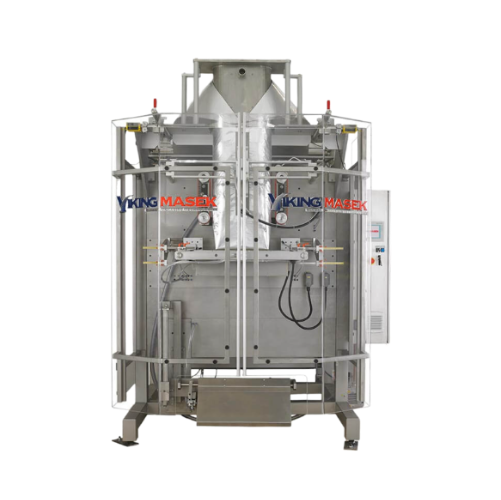
Vertical form fill seal for bulk bag packaging
Streamline your bulk bag packaging with efficiency and precision, ideal for...

Industrial dicer for small to intermediate size ranges
Boost your production capacity with a versatile dicing solution th...
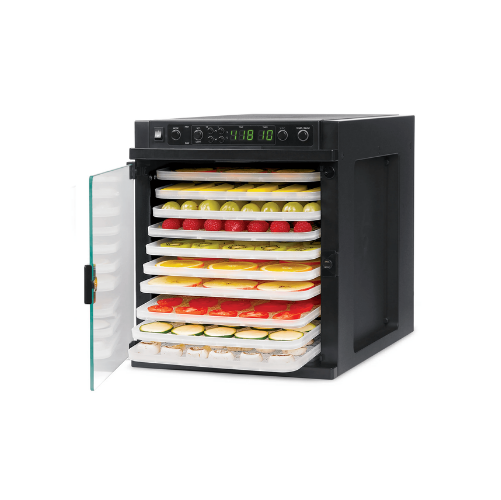
Compact food dehydrator with Bpa-free trays
Achieve precise dehydration with compact, kitchen-friendly equipment, perfect ...
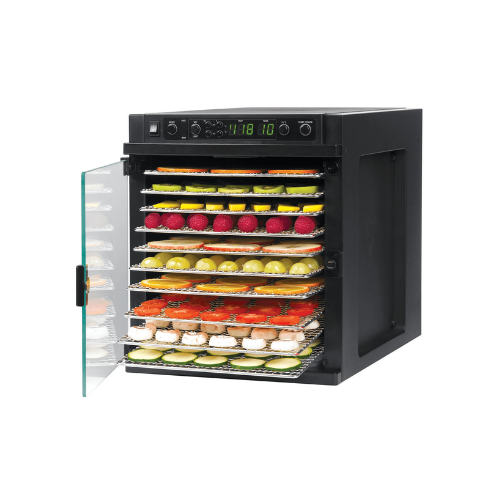
Compact food dehydrator for fruits and meats
Achieve precise dehydration of fruits, vegetables, and meats with a compact s...
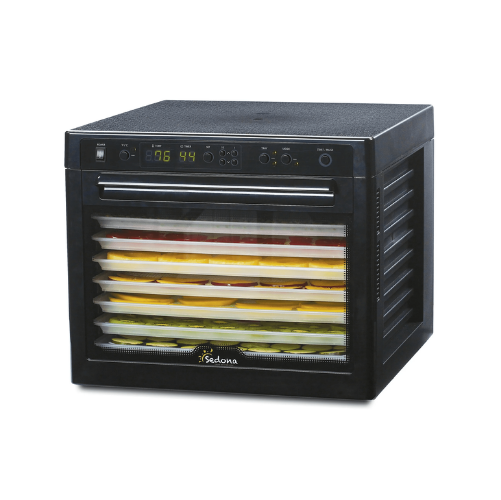
Food dehydrator with Bpa-free trays
Effortlessly retain nutrients while creating a variety of dehydrated snacks using dual ...
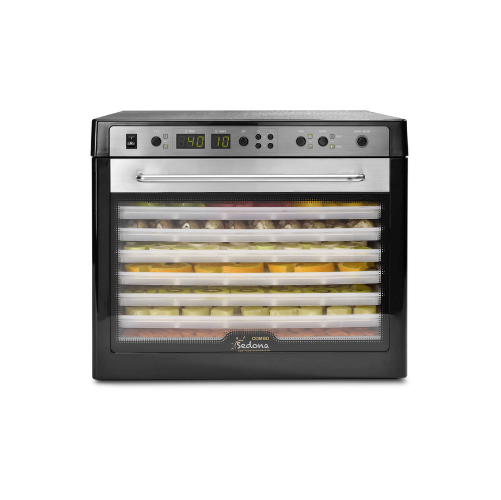
Food dehydrator with Bpa-free plastic trays
Achieve precise dehydration for fruits, vegetables, and snacks with advanced t...
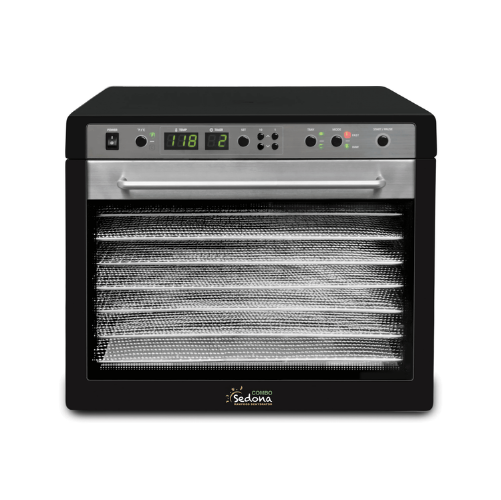
Food dehydrator with stainless steel trays
Achieve optimal dehydration with precise temperature control and efficient dual...
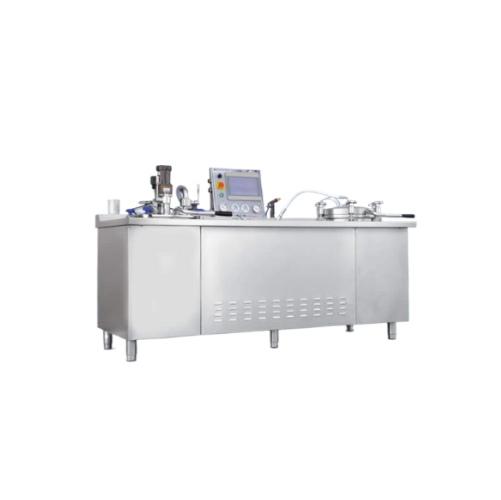
Low temperature food dehydration system for fruit and vegetables
Optimize your food processing with advanced low-tempera...
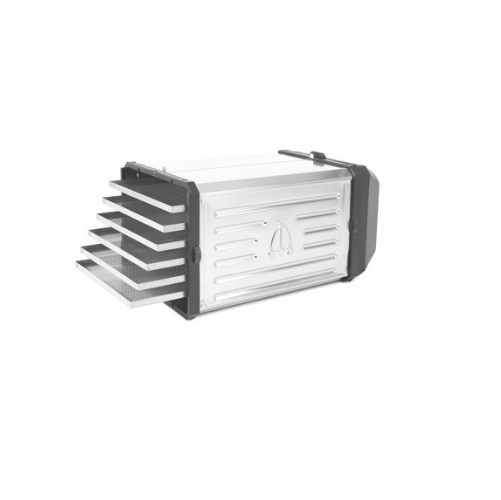
Professional food dehydrator for fruits and vegetables
Enhance your culinary creations with precise dehydration technolog...
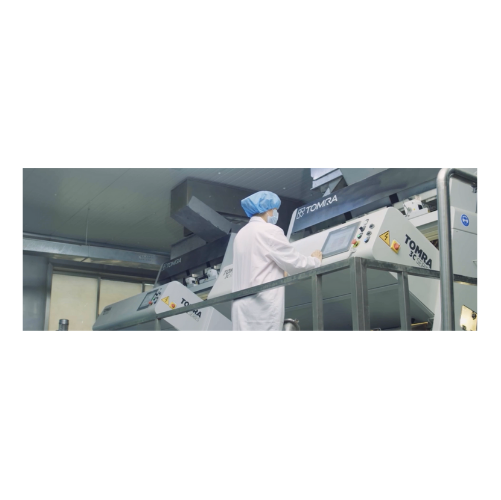
High-precision sorter for nuts, coffee, seeds, and grains
Achieve unrivaled accuracy in sorting nuts, seeds, and grains ...
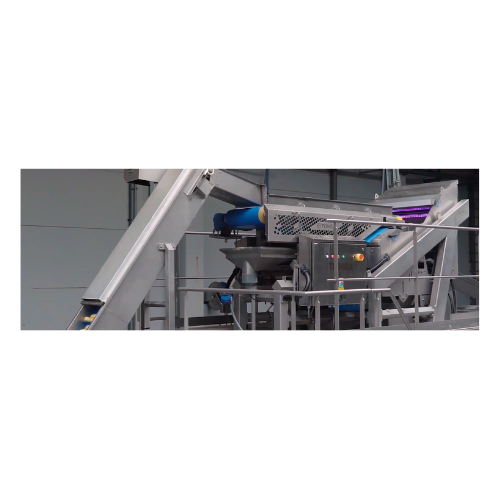
Optical sorter for nuts, dried fruit, and Iqf
Ensure flawless quality control by efficiently sorting, grading, and ejectin...

Optical sorter for nuts and dried fruit
Enhance sorting precision by effortlessly identifying and removing foreign material...
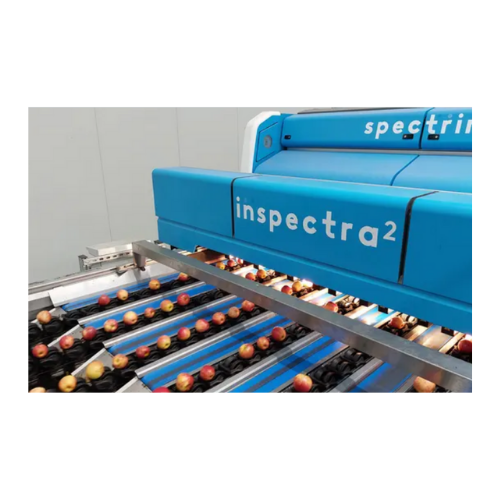
Advanced fruit sorting platform
Optimize your operations with a cutting-edge sorting solution designed to enhance product in...
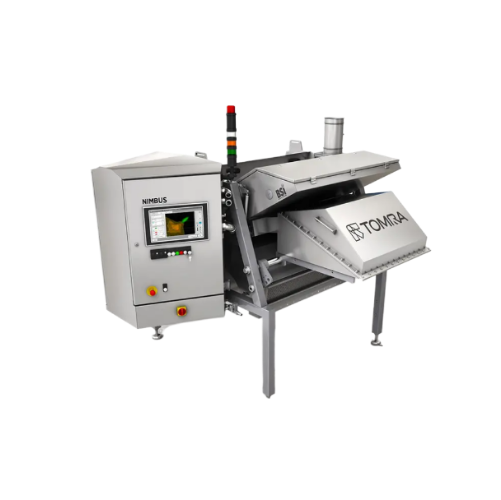
Food sorting system for nuts and dried fruit
Streamline sorting processes by removing visual irregularities, defects, and ...
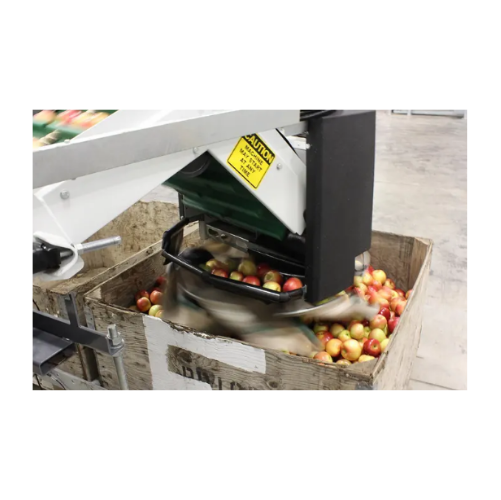
Dry bin filling for delicate fruit
Achieve gentle, high-throughput filling of delicate fruits with minimized manual interve...
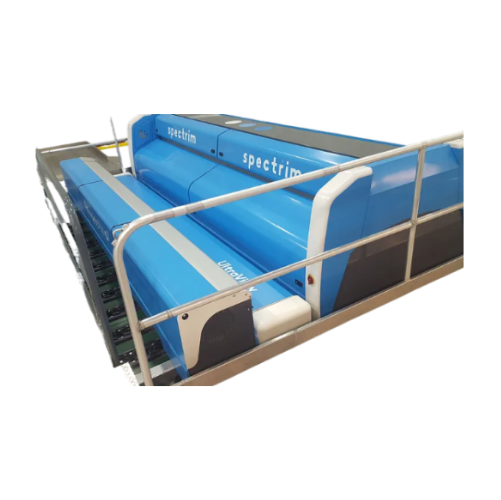
Single and dual lane sorters for fresh produce
Optimize your food processing line with precision defect detection and vers...
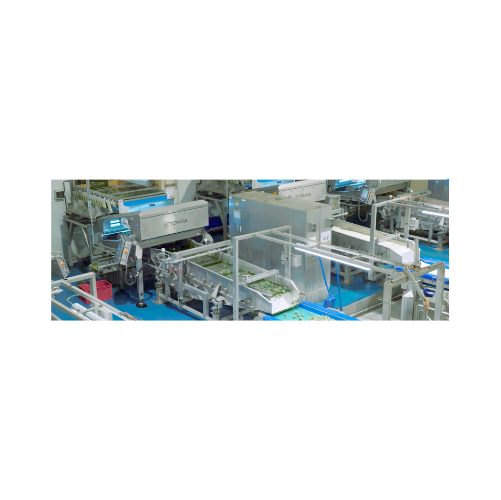
Blizzard sorter for Iqf fruits and vegetables
Optimize your frozen food production with a compact sorter that seamlessly r...

Cherry singulation system
Effortlessly streamline cherry processing with a system that ensures gentle handling and superior ...

Cherry sorting system with deep learning technology
Boost your fruit processing efficiency by utilizing advanced deep lea...
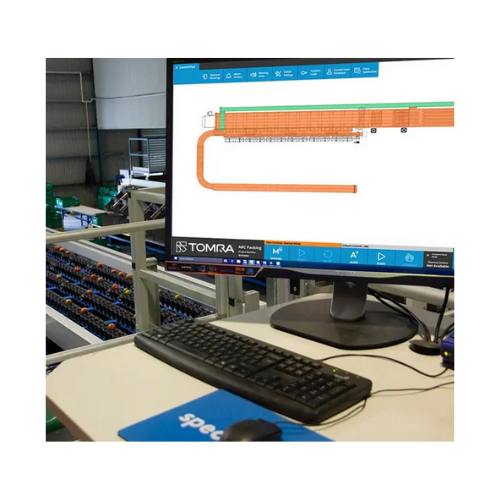
Line control and product tracking systems for post-harvesting
Optimize your production line with precision control and r...
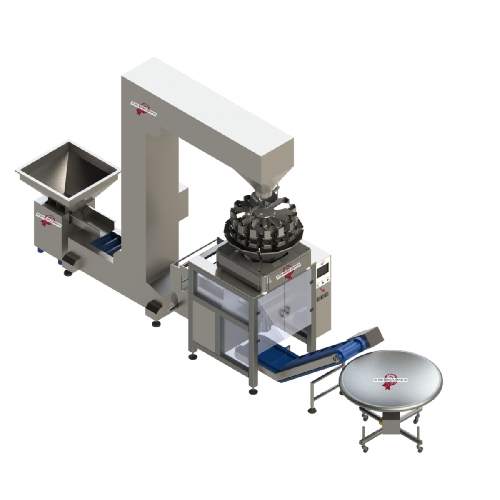
Modular packing system for multihead weighing
Streamline your production with a versatile multihead system designed for pr...
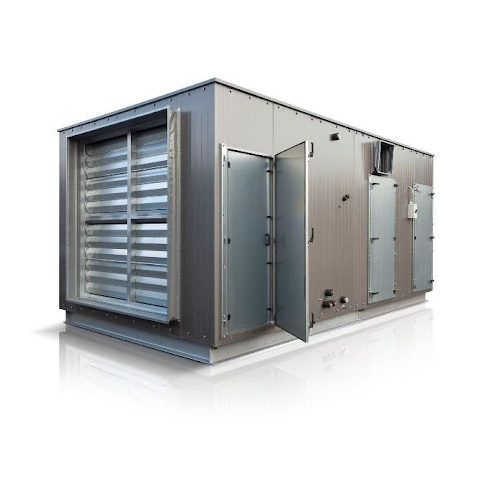
Ventilation and dehumidification for meat processing plants
Achieve precise humidity and condensation control in meat pr...

Industrial strawberry and blueberry washer
Ensure your soft fruits remain intact and impurity-free with this specialized w...
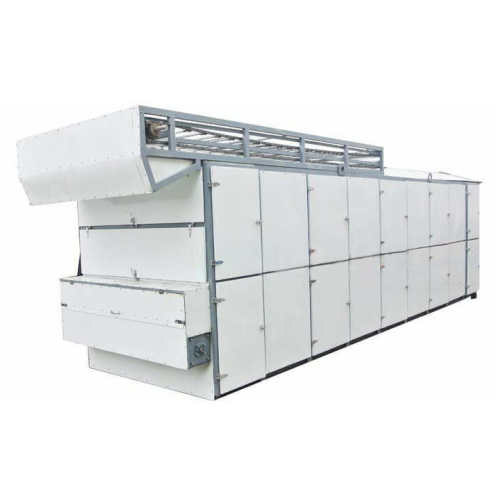
Mesh belt food dryer
Achieve uniform and efficient drying of diverse materials with the mesh belt food dryer, designed to max...
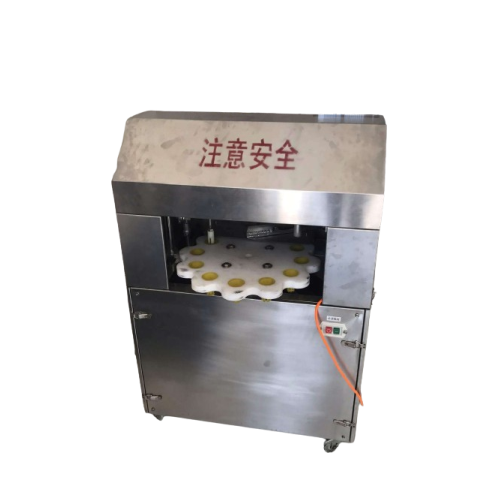
Jujube pitting and nut removing solution
Streamline your fruit processing with this efficient solution designed to remove p...
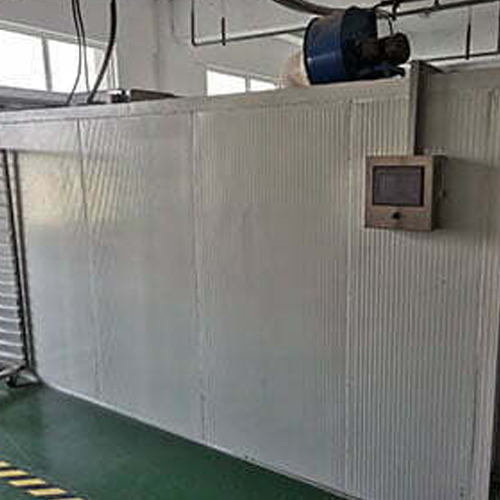
Commercial mango dehydrator
Optimize your fruit processing with a commercial mango dehydrator that ensures precise moisture ...
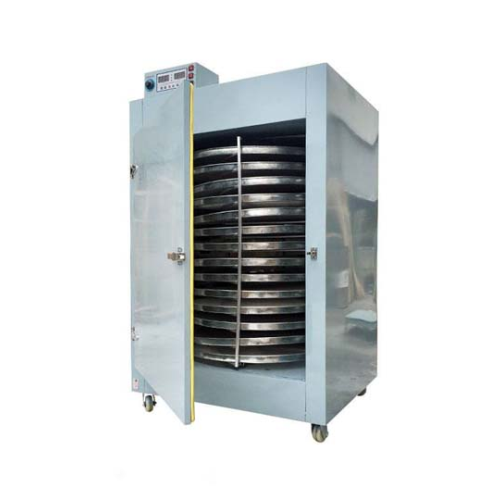
Fruit and vegetable drying equipment
Achieve optimal moisture control for your fruits, vegetables, and herbs with versatile...
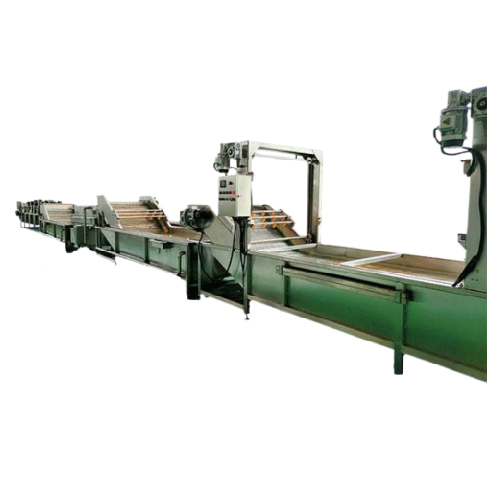
Date palm processing line for jujube cleaning and drying
Optimize your date and fruit production with our line that ensur...

Vegetable and fruit air drying production line
Efficiently dry fruits, vegetables, and vacuum-packed goods while maintaini...
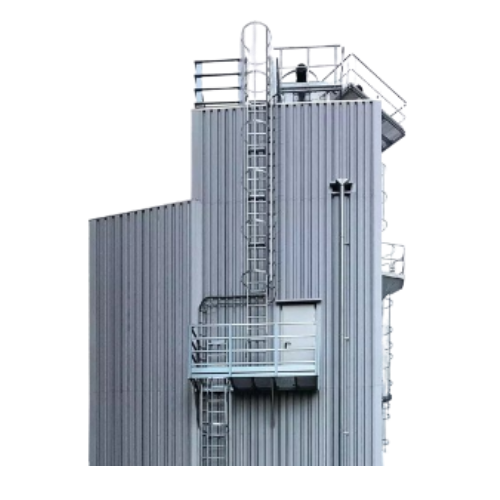
Stationary drying system for agricultural products
Optimize moisture control and energy efficiency in your drying process...
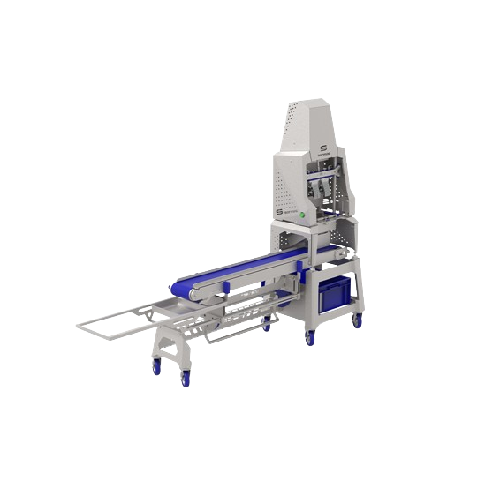
Semi-automatic fruit and vegetable slicer
Optimize your fruit and vegetable processing with precise cutting capabilities, ...
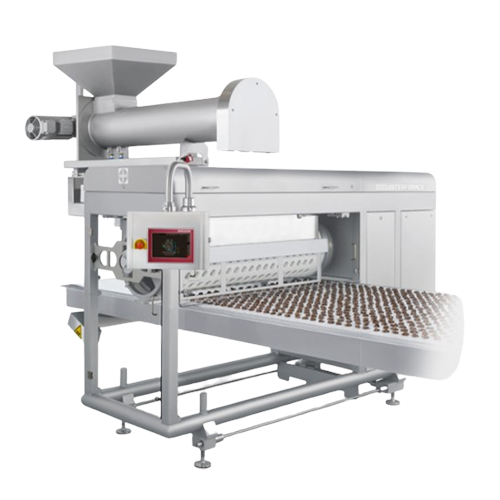
Nut clusters moulding solution
Streamline your production line with efficient nut cluster moulding, ensuring precise shape a...
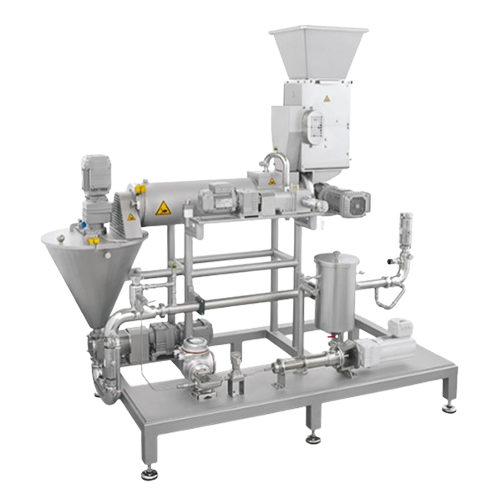
Flavour and colour dosing system
Simplify production by efficiently incorporating various flavors, colors, and solid inclusi...
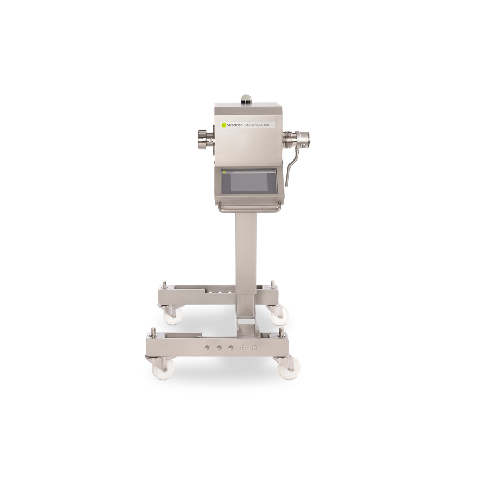
In-line metal detector for liquids & pastes
Ensure product safety by seamlessly integrating a metal detection system into ...
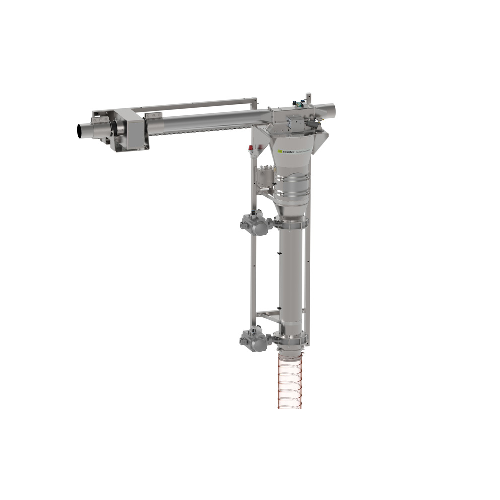
In-line metal detector for pneumatic systems
Ensure product purity and operational efficiency with a solution that effecti...
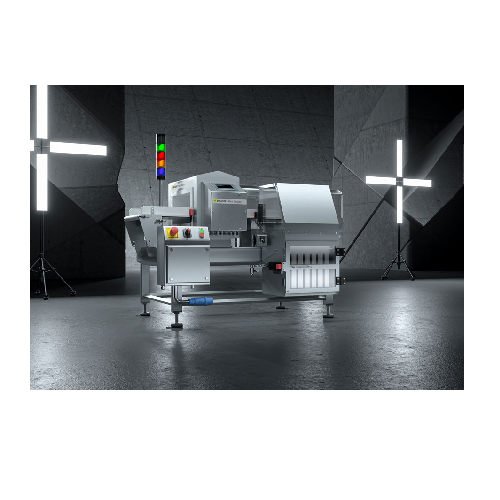
Conveyor belt metal detection system
Ensure seamless product safety with a system that detects and separates metallic conta...
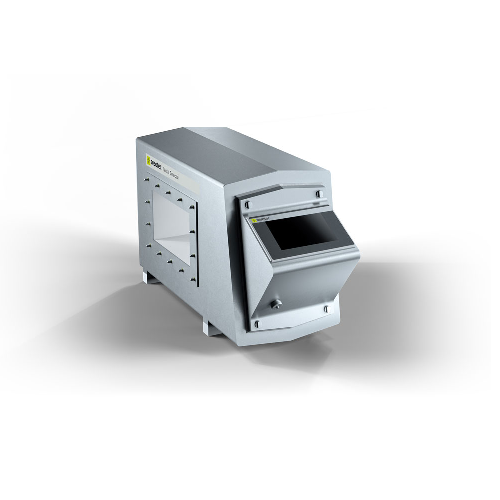
Metal detector systems for conveyor belts and chutes
Ensure the integrity of your production line by efficiently detectin...
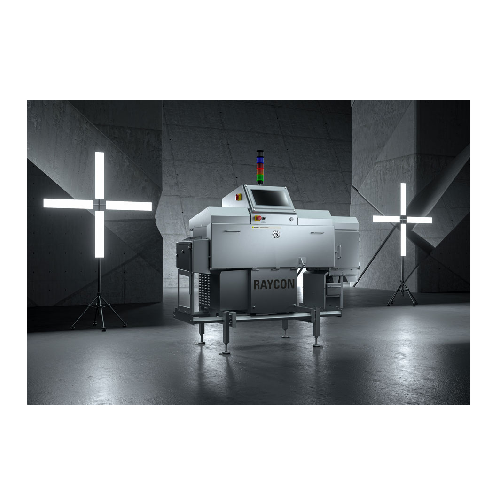
X-ray inspection system for unpackaged bulk products
Ensure product purity and safety in high-speed production lines with...
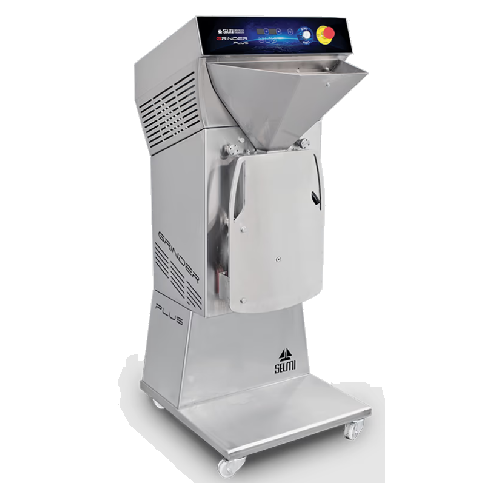
Nuts paste refining mill
Transform nuts and dried fruits into fine pastes with precise particle control, ideal for creating p...

Chocolate and sugar coating system
Achieve consistent, high-quality coating for nuts, dried fruits, and confectionery with ...
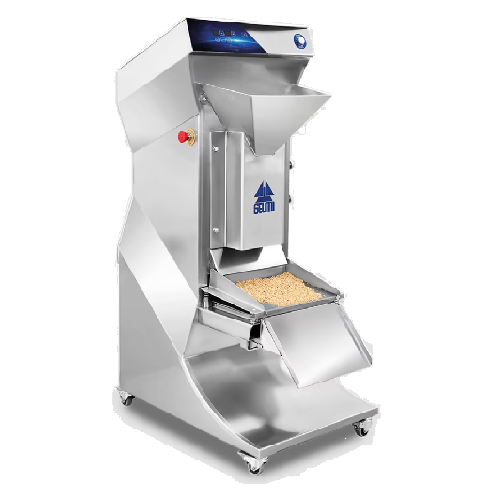
Industrial nut crusher for dried fruit processing
Optimize your nut and dried fruit processing by reducing them to precis...
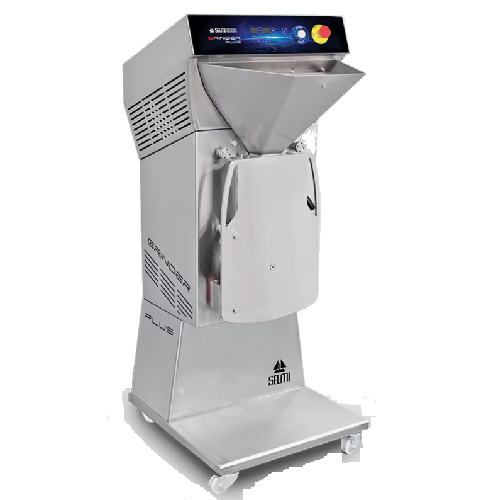
Industrial cocoa nib grinder for bean to bar production
Streamline your chocolate production with this versatile grinder,...
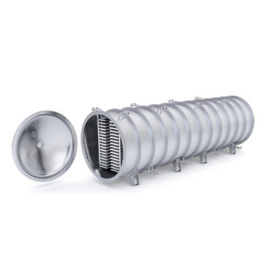
Semi-continuous freeze dryer with easy-loading
Freeze-drying is both a time- and energy-consuming process. In addition to ...
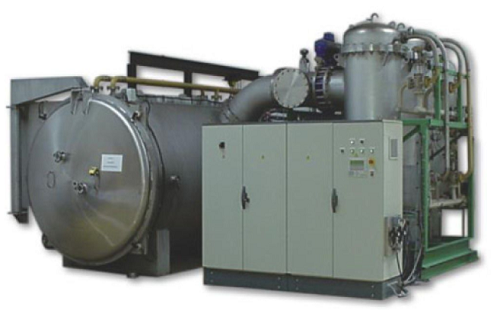
Freeze drying system for berries and fruit powders
Delicate fruits with high moisture levels, such as berries, risk losin...
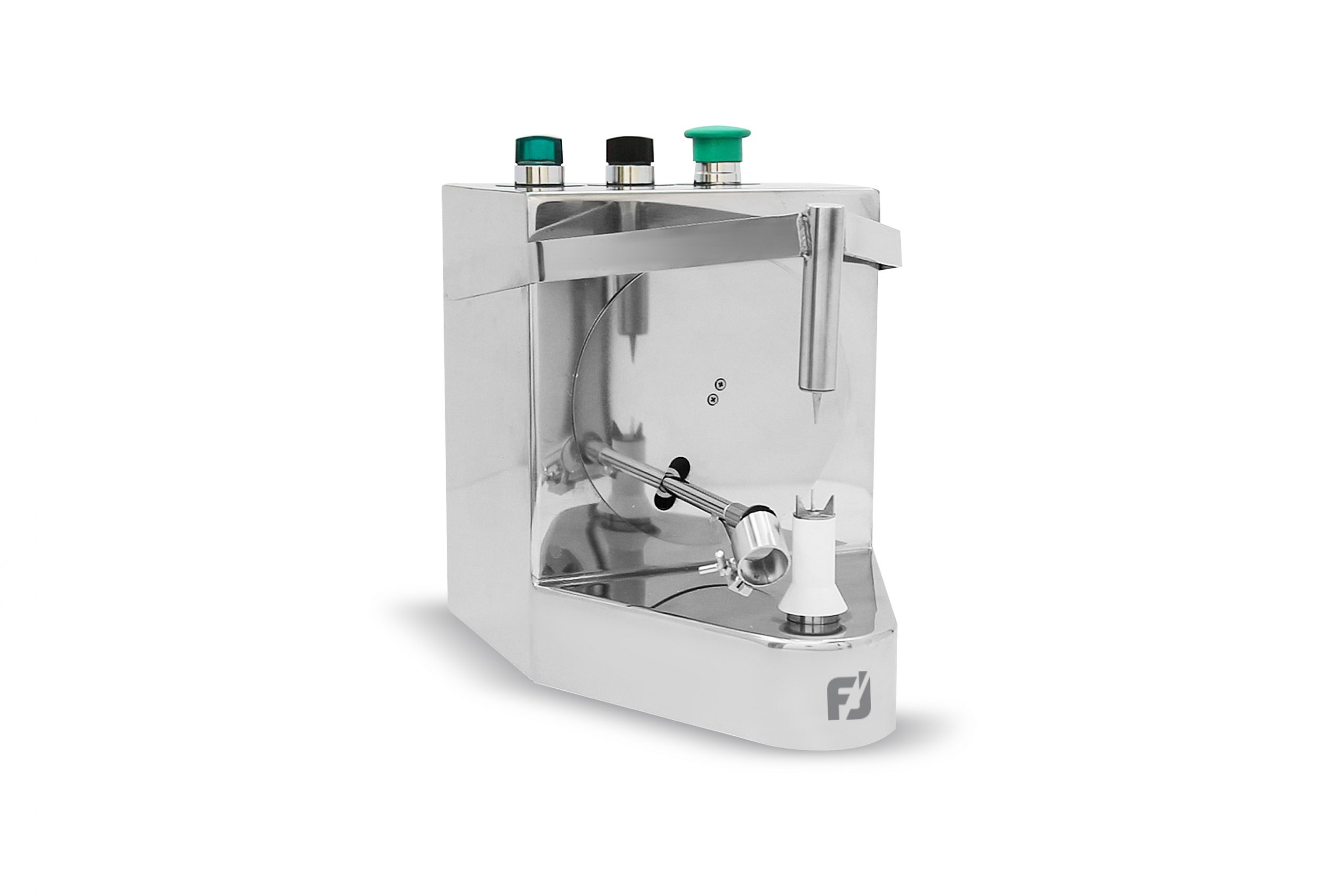
Automatic Peeler Machine For Fruits and Vegetables
Manually peeling fruits and vegetables can be tedious. Especially in l...
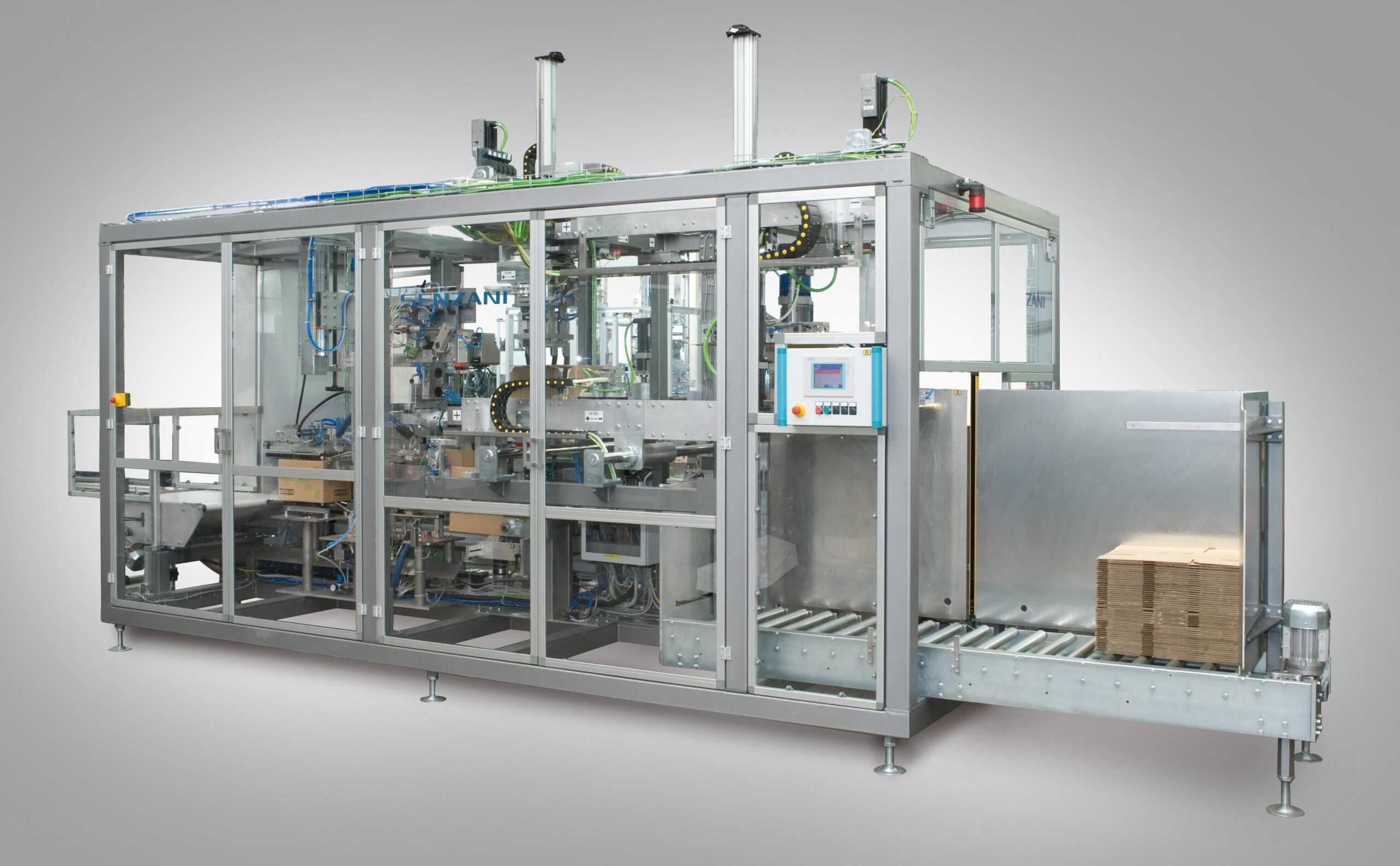
Case packer machine for pouches
Automated case packer machines are a good solution to achieve reliability and to increase th...
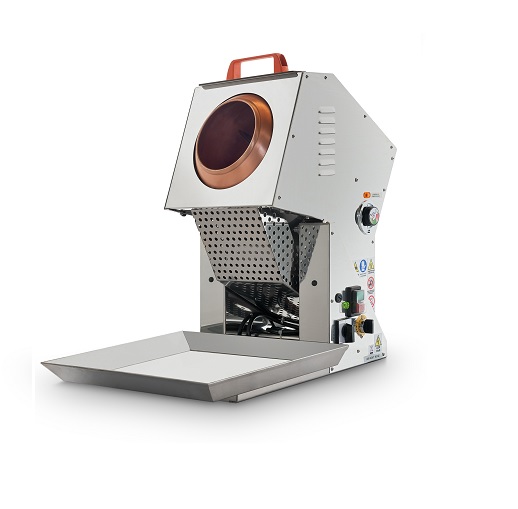
Mini sugar coating machine
The coating of grains or nuts with sugar is a popular process in the manufacture of many bakery p...

Industrial drying cabinet
The production of high-quality biltong and similar dried meat products can pose problems with main...
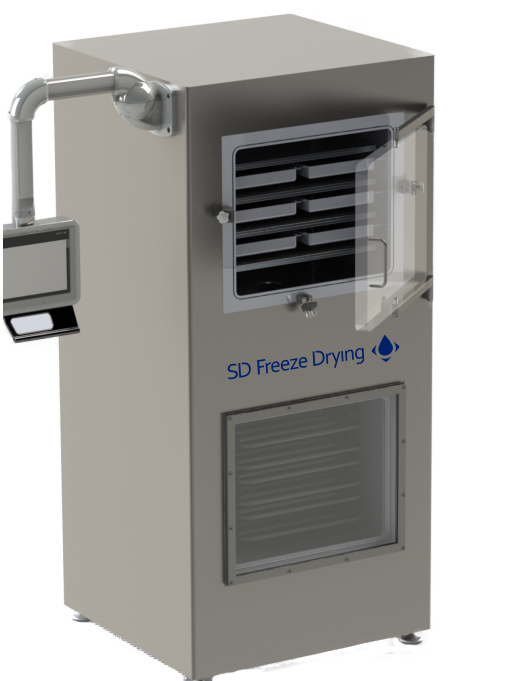
Pilot scale freeze dryer
Freeze drying is a complex and time-consuming drying process which requires maintaining the quality ...
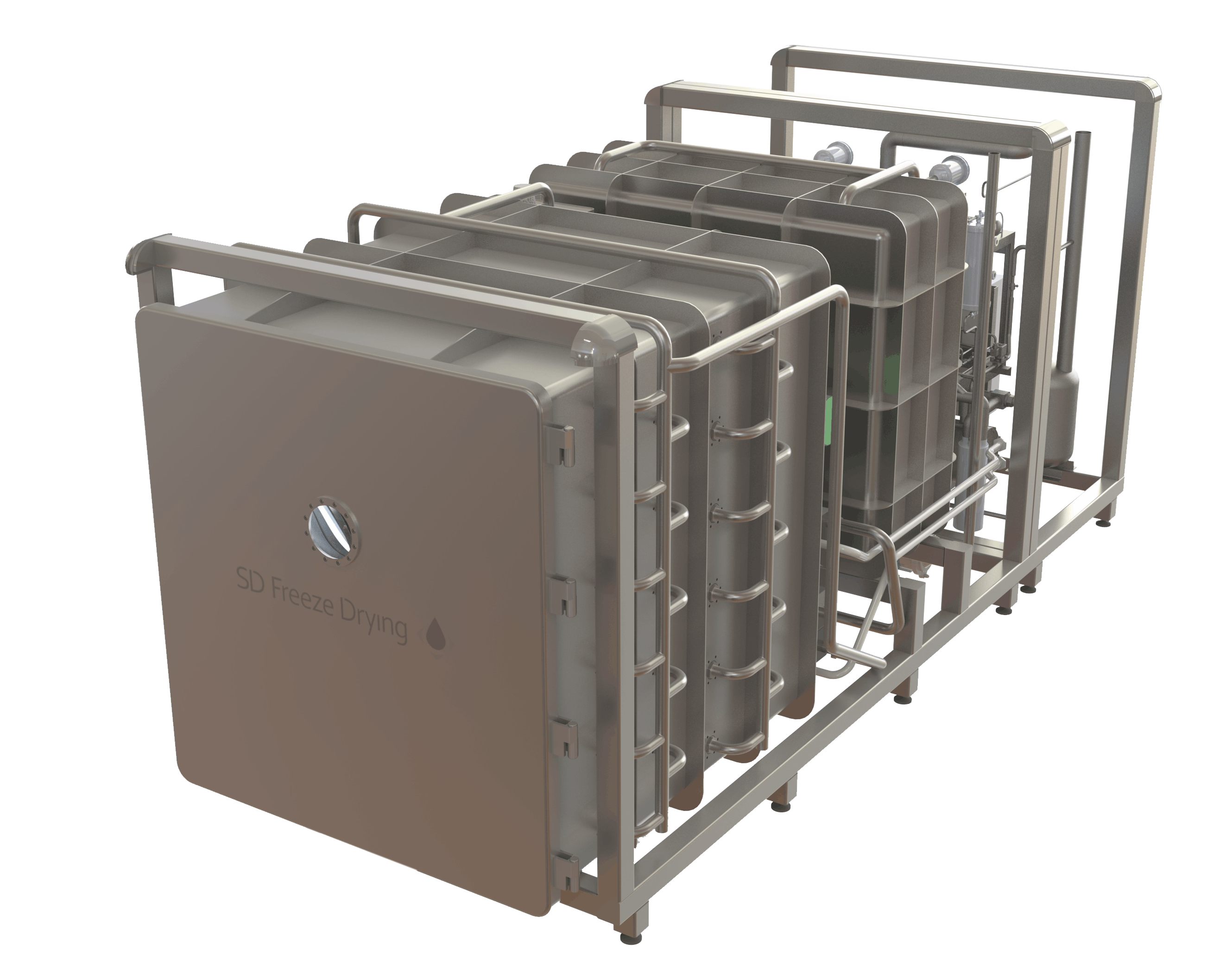
Industrial food freeze dryer
Nutraceuticals and dietary supplements can be highly sensitive and need to be protected against...
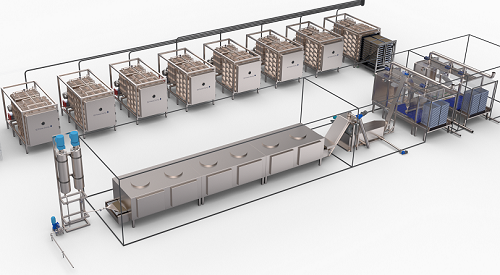
Automatic freeze drying system
Freeze drying can be an expensive and cumbersome process. When dealing with nutraceuticals it...
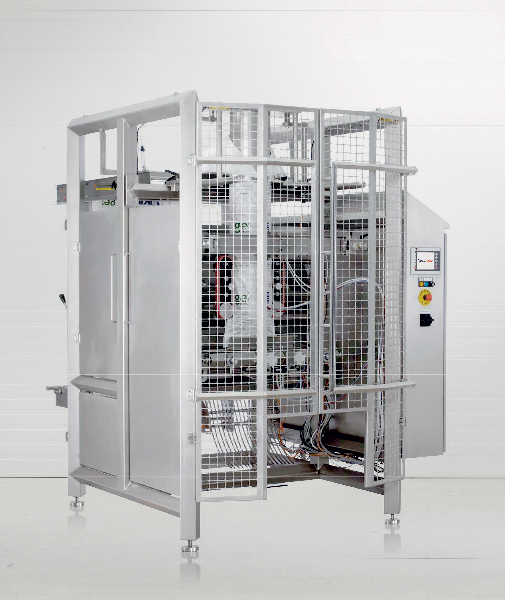
Hygienic vertical bagging machine
Hygienic bagging with a compact packing machine that can withstand the harshest wash down...

Recirculating batch dryer
Drying can be the most energy and time-consuming process in the food industry. This can have an ef...
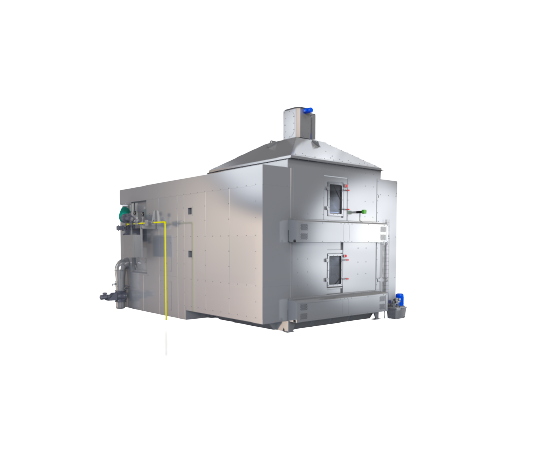
Continuous dryer machine
Traditional drying methods in the pet food, aquafeed, and extruded food industry can be the most ene...
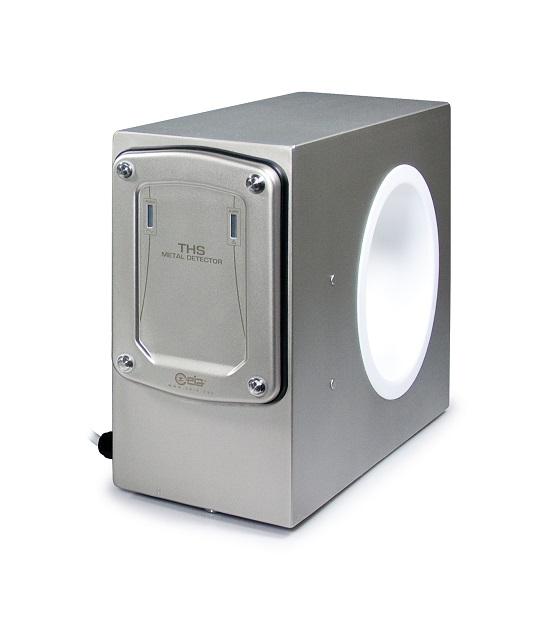
Standalone metal detector for food
Adding advanced metal detection to existing lines can be difficult and expensive, often ...
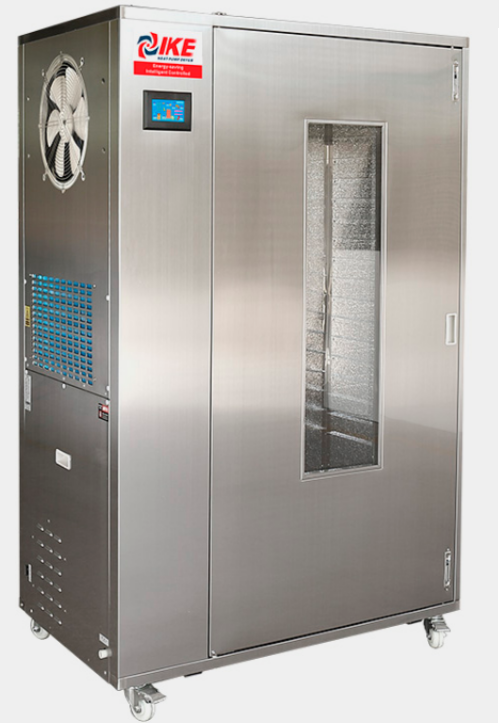
Industrial dehydration machine
Dried fruits are popular both as food in themselves and as ingredients. Traditional drying te...
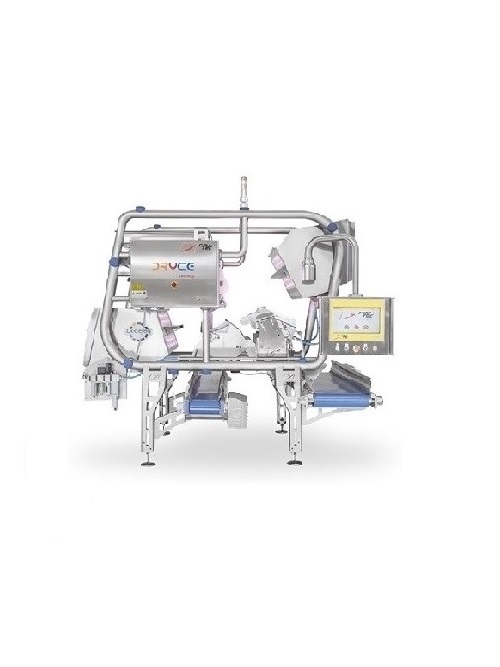
Optical sorter for dried and frozen fruits
Dried fruits, frozen fruits, frozen vegetables and nuts present a challenge for...
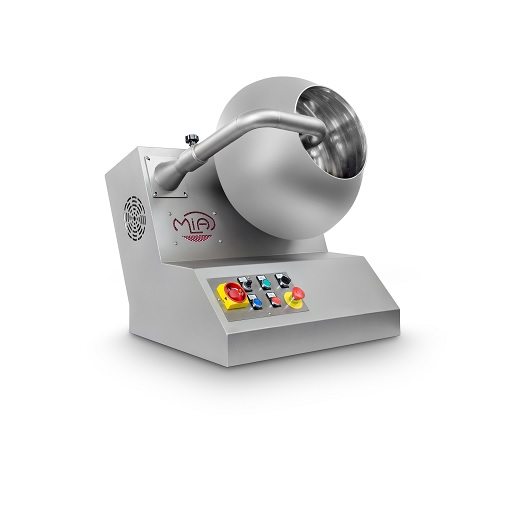
Small scale dragee coating machine
Coated dragée products such as Jordan Almonds or hard-coated candies are very popular, b...
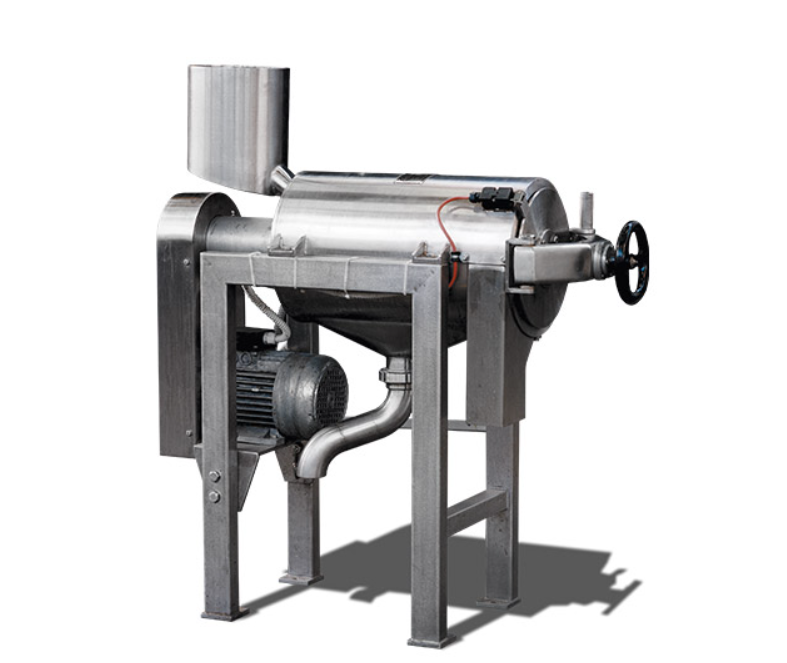
Fruit pulping machine
When making fruit pulp, a pulping machine helps you remove seeds, stems, and skins from your fruit. How...

Bagger with servo driven jaw actuation
If you want to accommodate multiple bag designs and dimensions with fast speed and a...
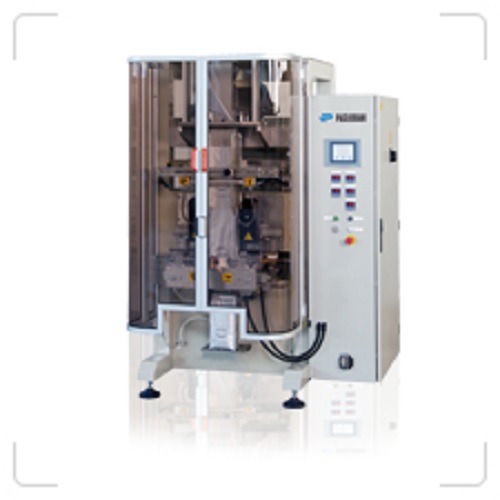
Packaging machine for sealed plastic bags from 250 g to 10 kg
Sealing small quantities of solids or liquids into plastic...
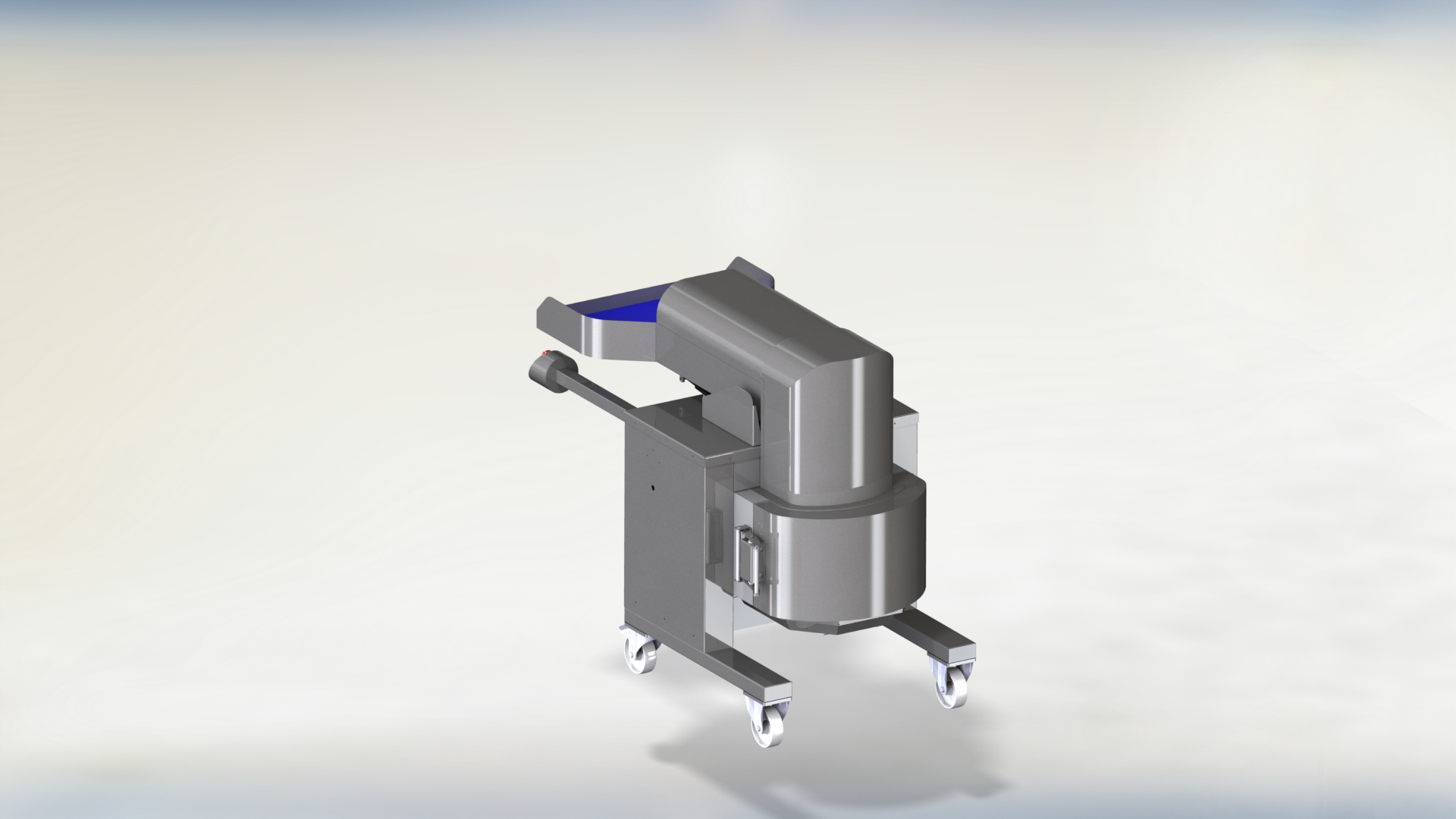
Declumping machine for dried fruit or frozen vegetables
Breaking up dried fruit neatly, without damage, requires gentle a...
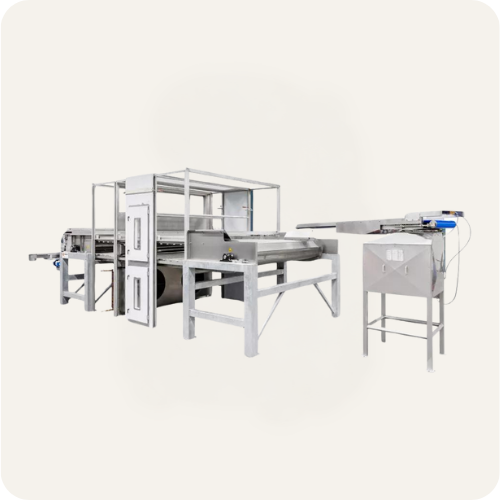
Hygienic belt dryer
A belt dryer typically applies the product through an infeed chamber onto a perforated horizontal belt, w...
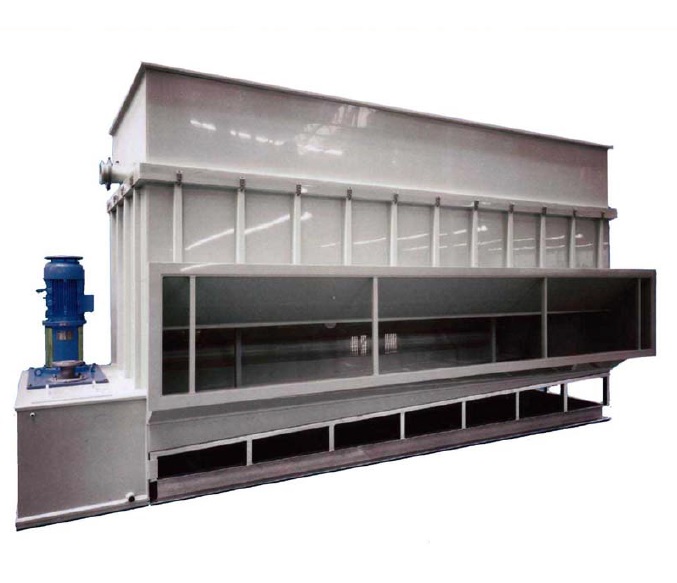
Air dehumidifier for bulk products
When your product or process is sensitive to humidity, using an air dehumidifier may res...
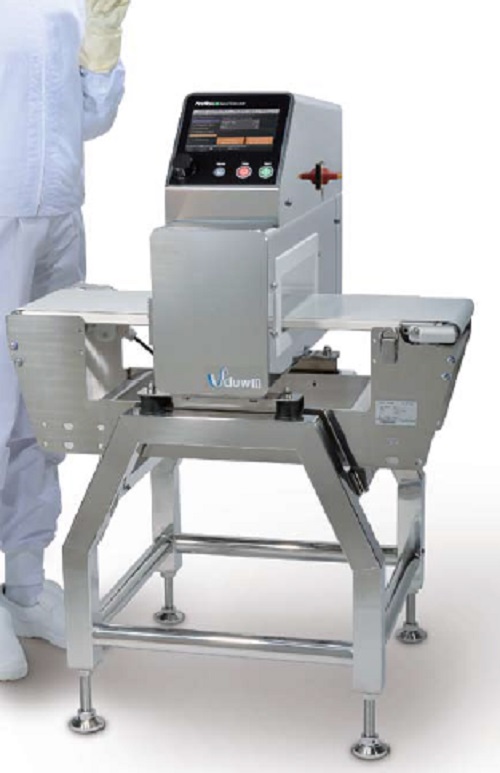
Metal detection system
The inspection system automatically determines the best frequencies to maximize sensitivity for both f...
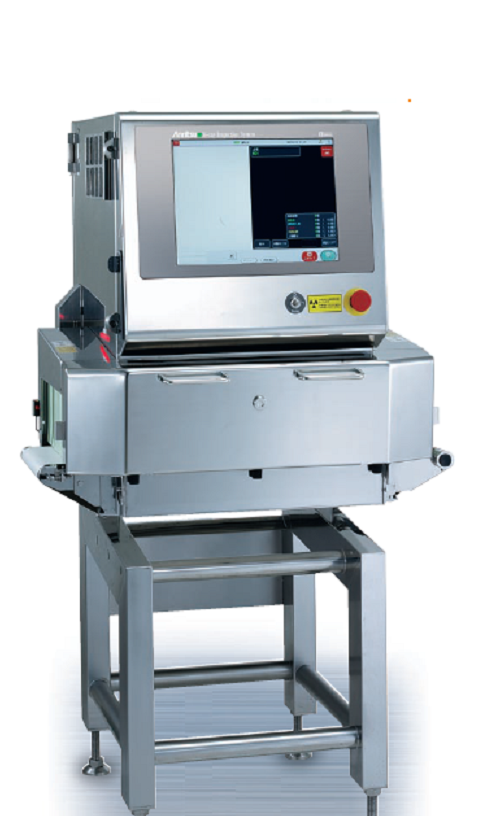
High sensitivity X-ray inspection system
This is the X-ray inspection system you need for detecting contaminants that are d...
